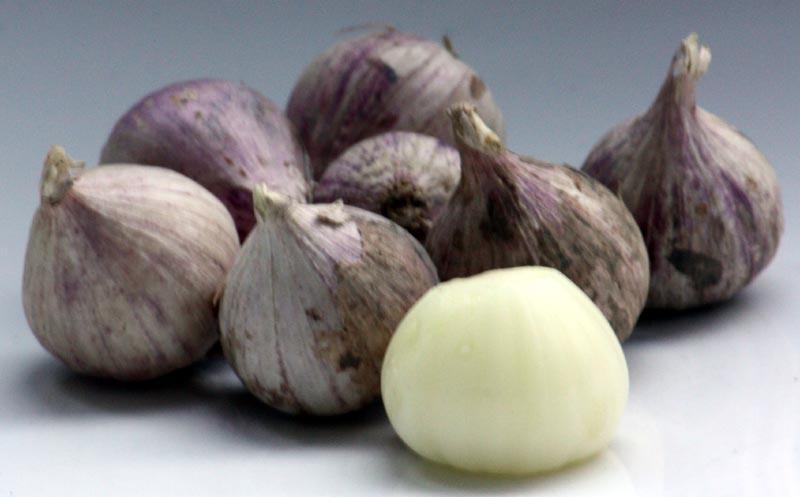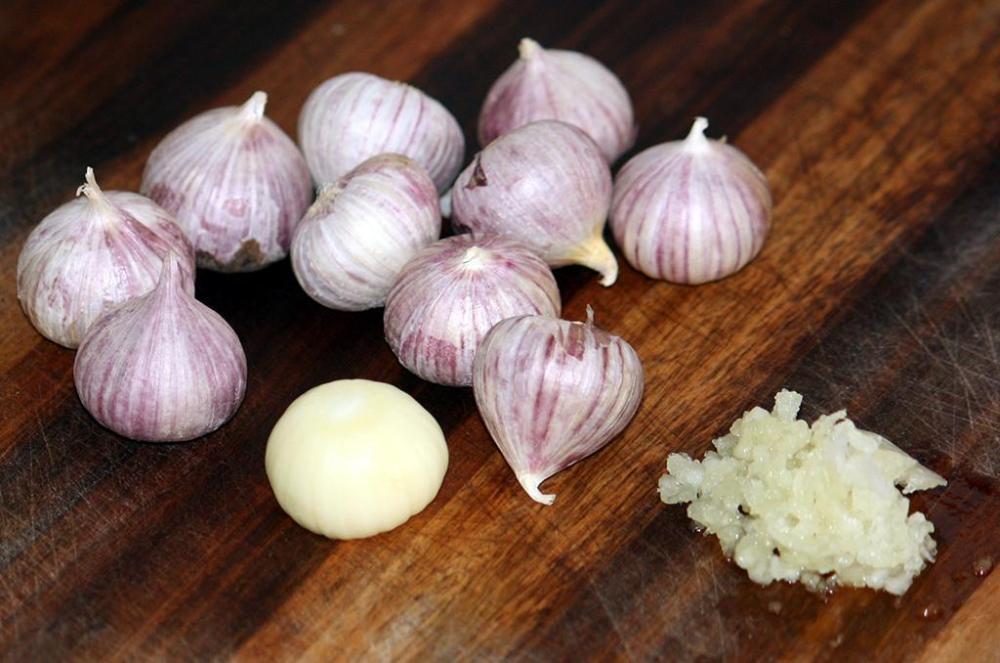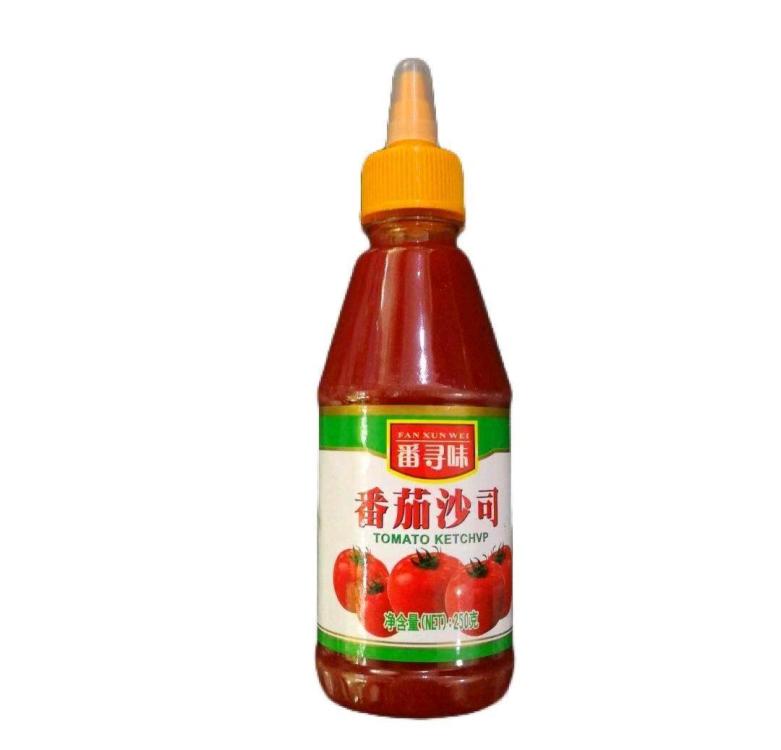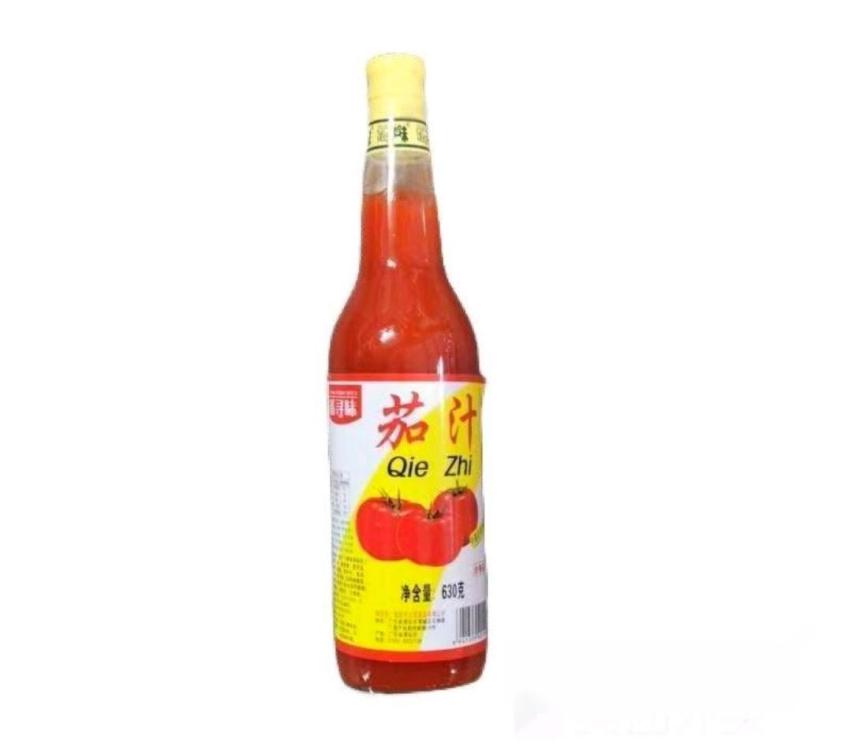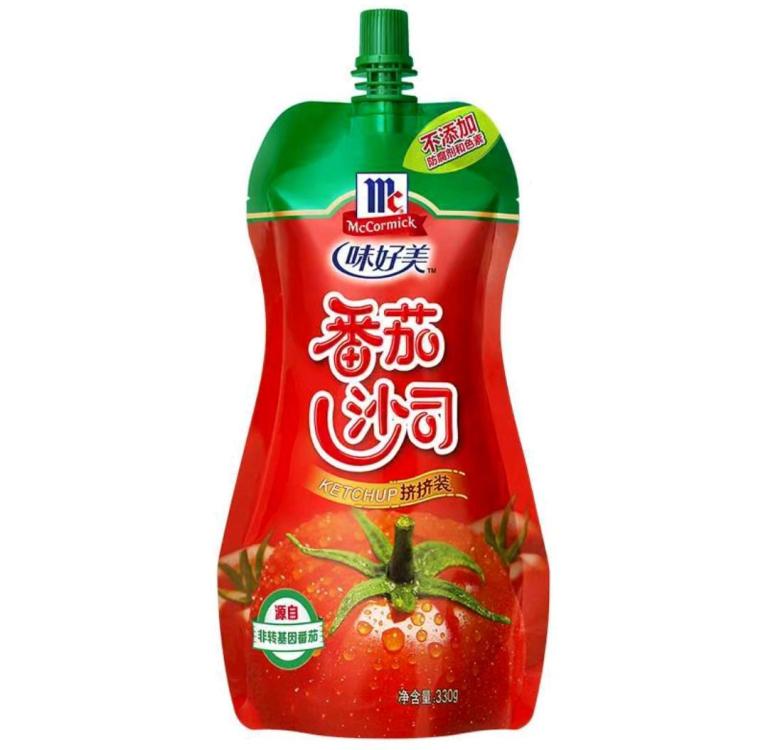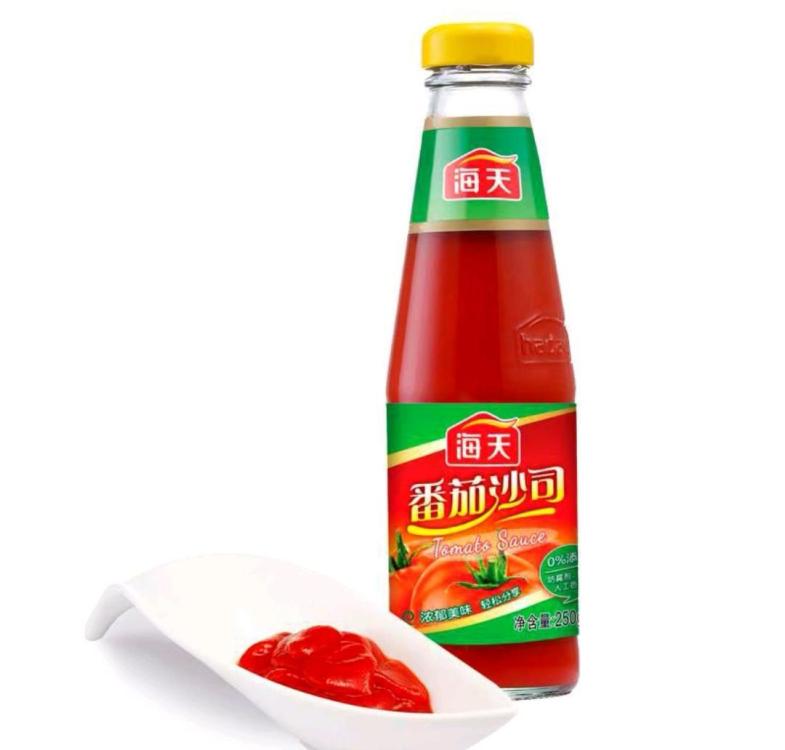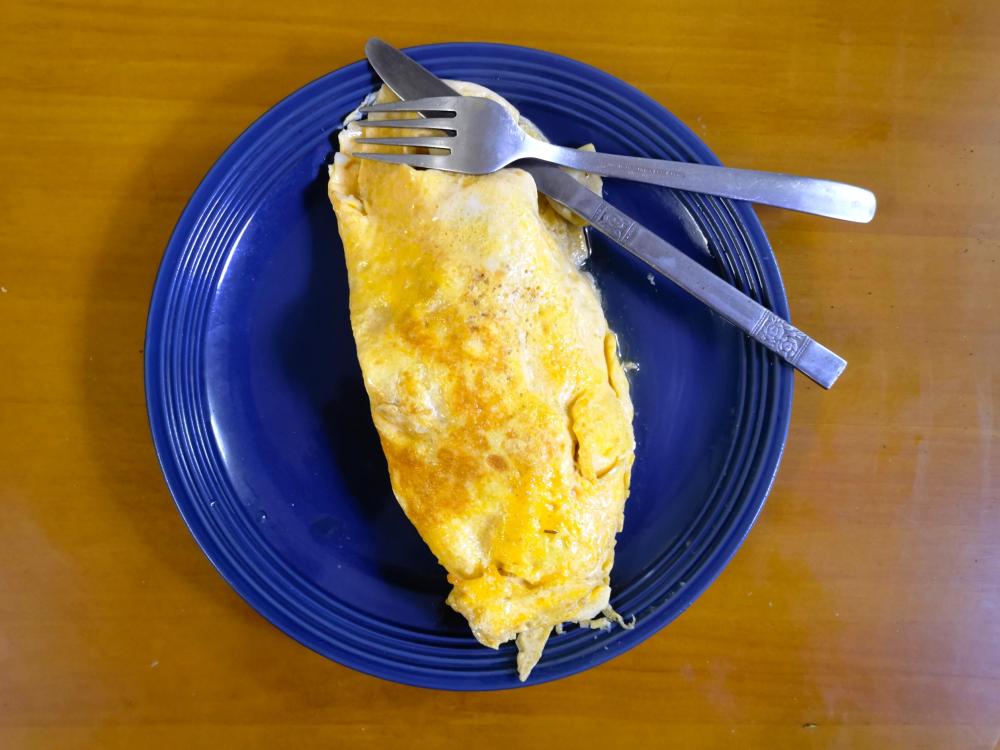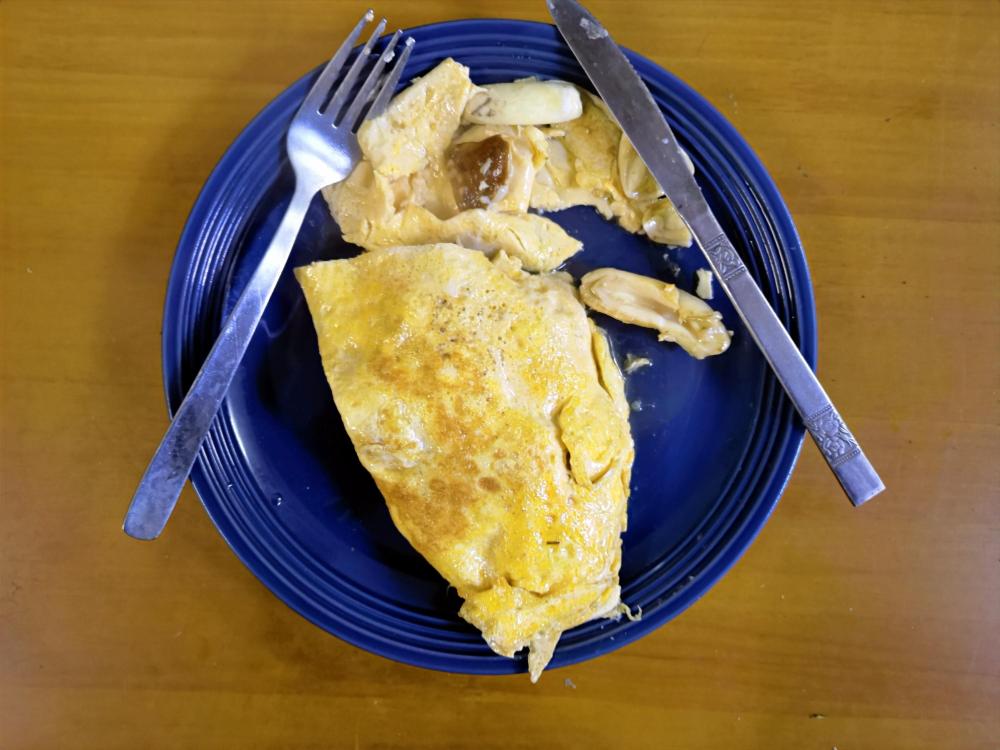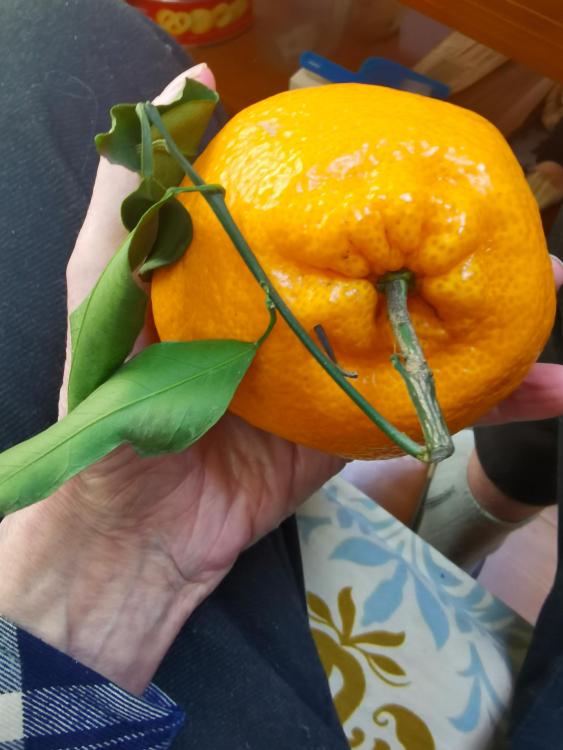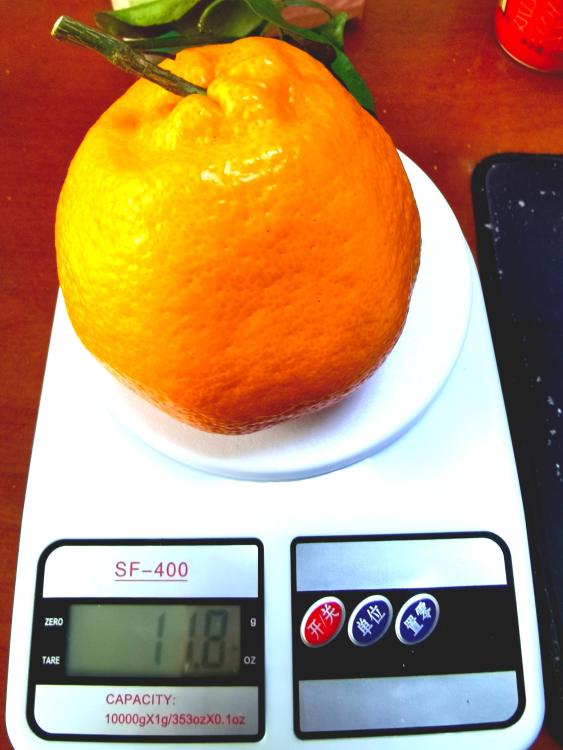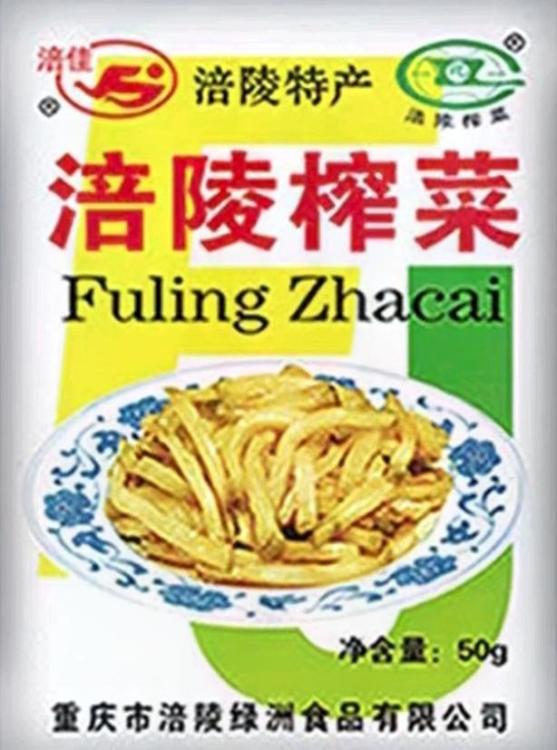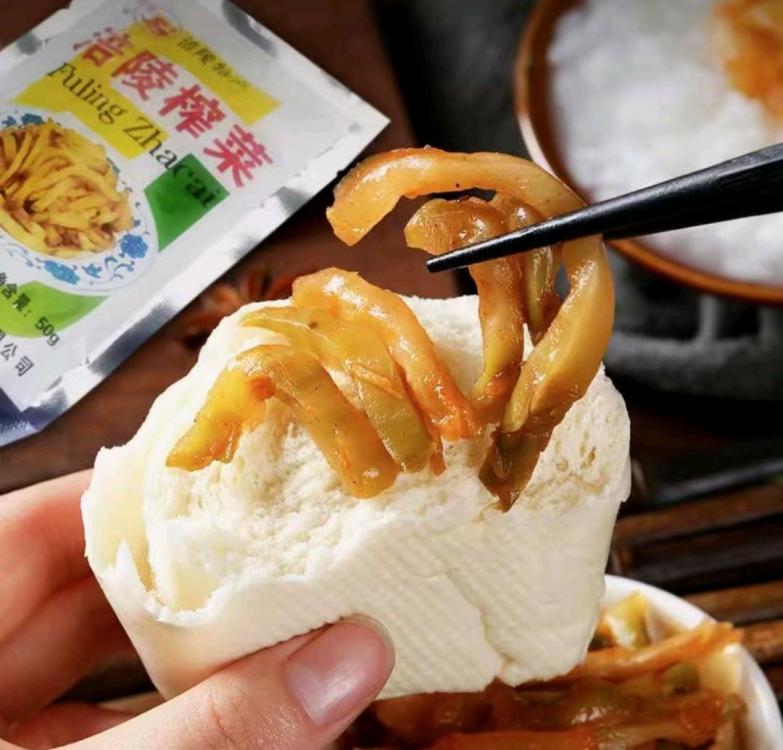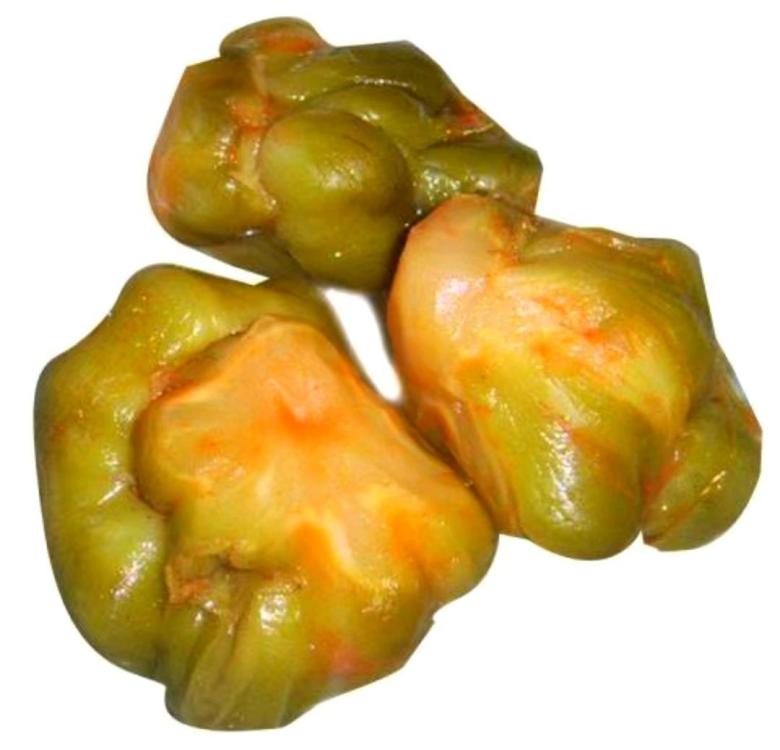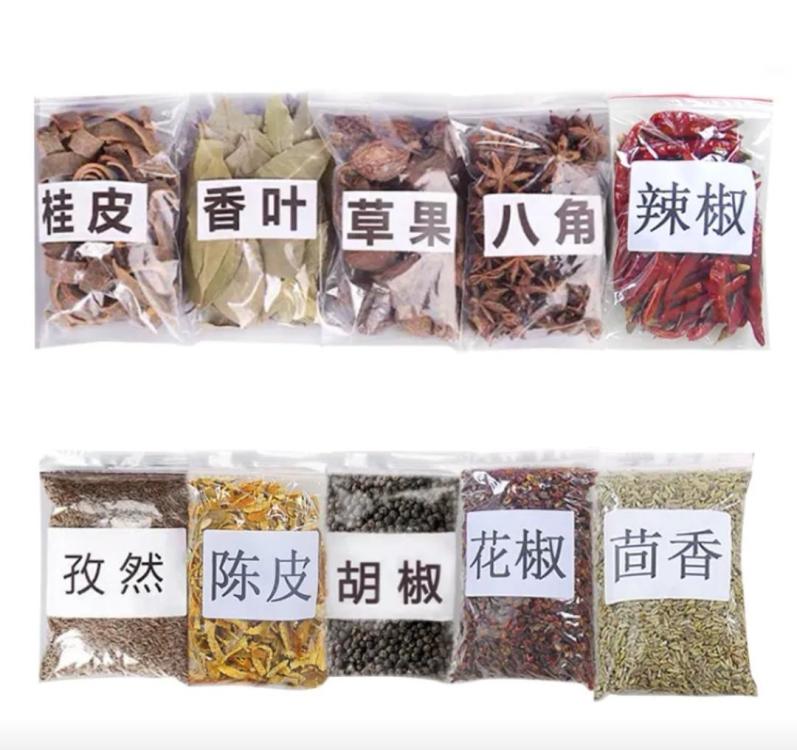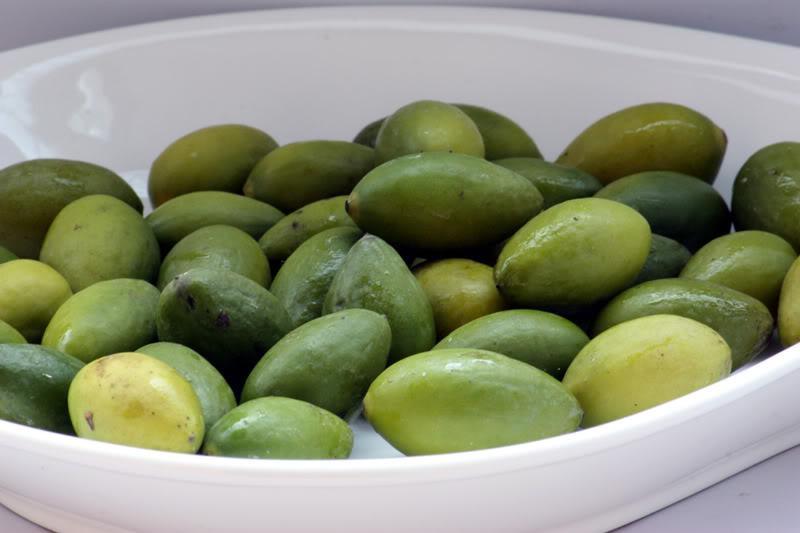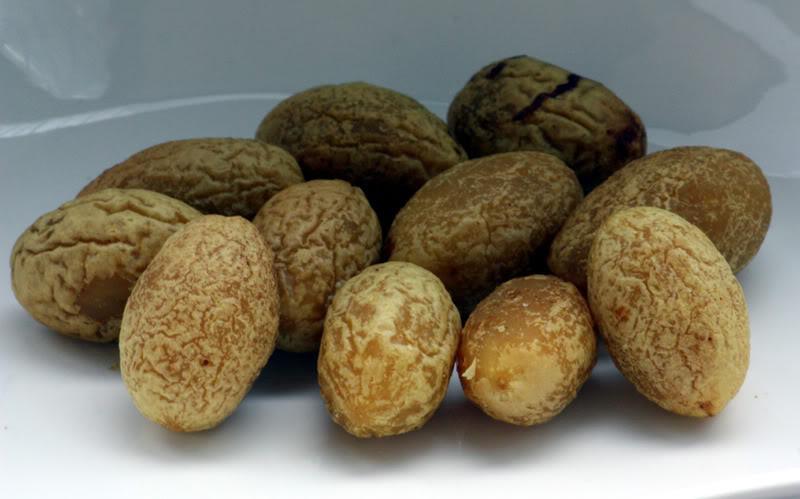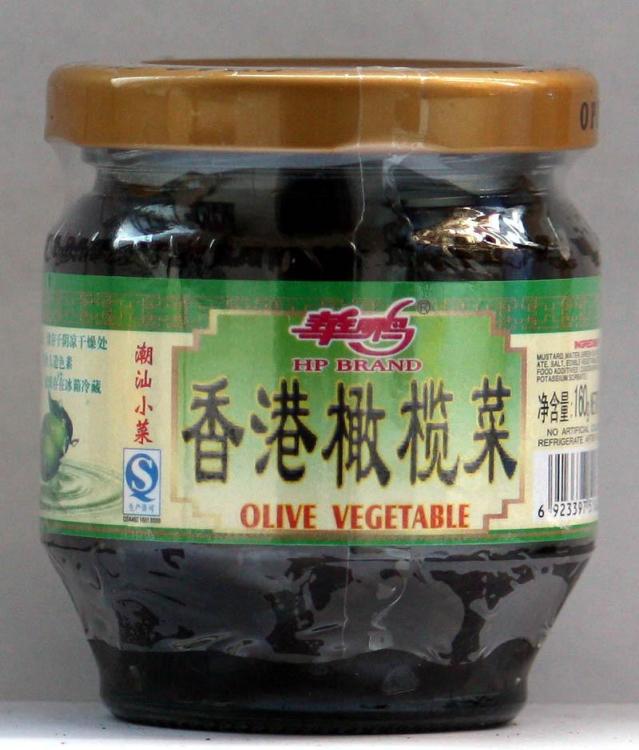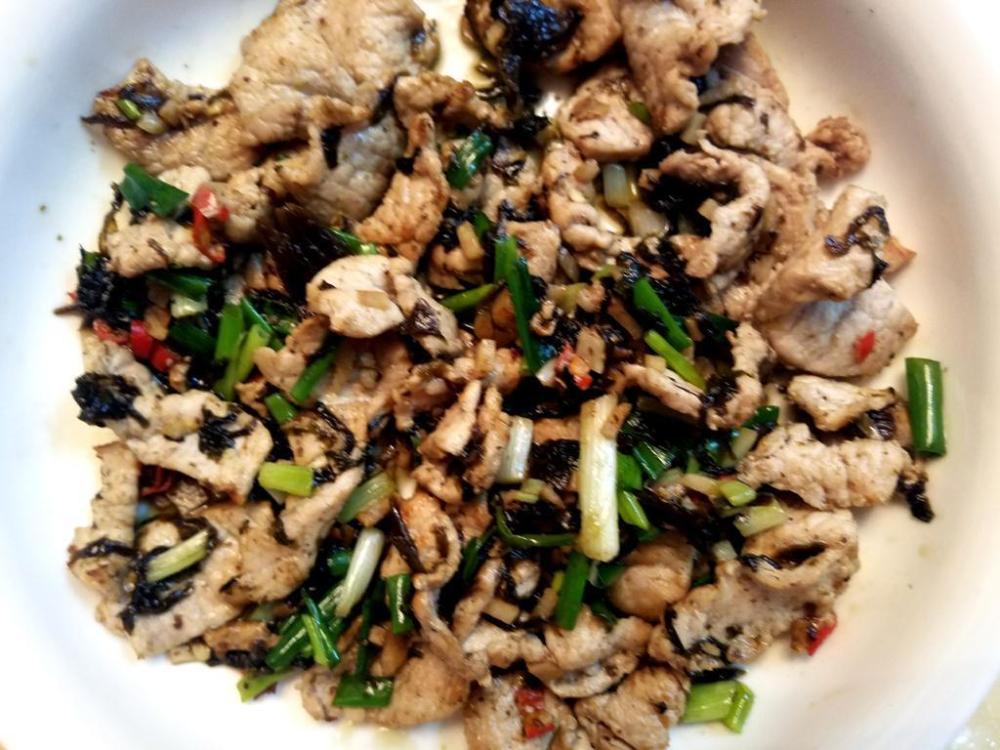-
Posts
16,742 -
Joined
-
Last visited
Content Type
Profiles
Forums
Store
Help Articles
Everything posted by liuzhou
-
MegaChef is Thai; Red Boat is Vietnamese. That said, MegaChef make two different fish sauces - a Thai style in a brown bottle and a Vietnamese style in a blue bottle. Which do you have? Amazon usually stocks Wangshin brand of Korean fish sauce. I've never had it but reviews are positive.
-
The first time I went to Burma / Myanmar was by accident and I had stupidly wandered into a battleground where the local Shan militia were fighting in resistance to the ruling military junta. I had no visa and wasn't even carrying my passport. When I realized I had accidentally crossed the border from China, I decided this wasn't perhaps the best time to investigate the local fish sauce, so I turned and ran back across the border before either side decided to shoot me as a spy. A few years later, when the junta relaxed its grip a bit, I returned, this time legally and found ငံပြာရည် (ngan bya yay), Burmese fish sauce. Burmese food instantly became one of my top three favourites. The sauce was and probably still is very close to the Thai version. In a village near Dawei, I saw boatloads of anchovies being unloaded and driven to a processing plant which I didn't visit but certainly smelled. Burmese fish sauce is essential in မုန့်ဟင်းခါး (monhinga), a fish soup with noodles, considered by many to be the country's national dish. Burma Love brand fish sauce is apparently available in the USA from Amazon Prime, but be aware it is made from fish sourced in Vietnam and salt from Thailand. Despite the company's name, their website describes the sauce as Vietnamese. Burma Love Anchovy Sauce So far as I can determine Burmese sauce from actual Burma is unavailable, possibly due to sanctions. Do not confuse Burmese fish sauce and ငါးပိ (ngapi) which is a pungent fermented paste made with fish or shrimp. ငါးပိချက် (ngapi jet) is the most commonly seen. Ngapi - image my.zegobird.com
-

A pictorial guide to Chinese cooking ingredients
liuzhou replied to a topic in China: Cooking & Baking
Further to the roe / fish egg post a bit above, I just came across these on the local food delivery app. Grilled soy sauce marinated beef skewers with unidentified fish roe. 5元 / 70 cents US per stick (minimum order 8). I'm tempted. -
First recorded in China in the 7th century CE, fish sauce was once much more common across East Asia, but fell out of favour and was replaced by soy sauce when that became the seasoning of choice in China, Japan and other Asian countries. Fish sauce remained dominant mainly in S.E Asia, but pockets of resistance to soy remained in places today less well known for fish sauce use. Also, in recent years there has been a revival of interest and small producers are popping up from Japan to China and beyond. One pocket is 潮汕 (cháo shàn), an area comprised of 潮州 (cháo zhōu), Chaozhou and 汕头 (shàn tóu) Shantou cities and surrounding districts in Guangdong Province of China. The area is home to the Teochew people (they call themselves Chiu Chau) who have their own culture, language and cuisine. The cuisine, somewhat unfairly considered a subset of Cantonese cuisine, is well known internationally. If you've ever eaten an oyster omelette in a Cantonese restaurant, you've eaten Teochew food. They are noted for their seafood dishes. 潮汕砂锅粥 (cháo shàn shā guō zhōu), Chaoshan Sand Pot Congee with seafood is my death row final breakfast choice. Also, beef is often a common protein here, more so than generally in Cantonese cuisine. In 2021, 菁禧荟 (jīng xǐ huì) became the first Chaoshan restaurant to be awarded a Michelin star. Unfortunately, the restaurant is in Shanghai. Michelin inspectors seldom venture out if their comfort zone. But the main point here is that Chaoshan uses fish sauce! 潮汕鱼露 (cháo shàn yú lù), Chaoshan fish sauce is legendary but extremely difficult to find outside the area - it isn't even easy in China. I have to ask a friend who lives near Chaoshan to send me some, but she struggles, too. Aged for between one and five years and lighter in colour than many fish sauces, it is used to season not only seafood dishes but to add salinity and umami to all kinds of dishes. 5-year-old Chaoshan fish sauce - image from manufacturer. If I ever find it locally, I'll buy the store's entire stock. It keeps for years but I'll probably be back at the store in months, begging for more.
-

A pictorial guide to Chinese cooking ingredients
liuzhou replied to a topic in China: Cooking & Baking
I've only ever seen them, or mention of them, dried here. My 40 year old bay 'tree' is unfortunately thousands of miles away in my daughter's gazebo in London. -
This is a strange one - maybe. What I have here reads 韩式鱼露 (hán guó yú lù), which means 'Korean Style Fish Sauce', (literally 'fish dew') in Chinese. I always worry when I read 'style'. It usually means it's made somewhere other than the name on the label. And sure enough, this is made in Liaoning in N.E. China. However, I then thought 'Hold on! Liaoning borders Korea and there has been an ethnic Korean population there for centuries. It must be them!' But, then I re-reconsidered. 韩国, as printed on the label (bottom right) is South Korea and Liaoning borders North Korea (朝鲜 - cháo xiǎn). Forget that. Whatever and whoever it's made for, it's certainly Korean in style. Very similar to a Korean anchovy fish sauce (멸치액젓 - myulch aekjeot). Thicker than most varieties - almost like a syrup, stronger tasting and saltier. Interesting.
-
Vietnamese fish sauce, nước mắm is very much like its Thai cousin and the same advice applies. Simple ingredients. Anchovies (cá cơm), salt (muối), water (nước) at most, although the best only contains the first two. First-pressing sauce (mắm nhĩ ) is best and if you want a stronger flavour look for mắm nêm or mắm ruốc. Phú Quốc island off the southwest coast of mainland Vietnam near the Mekong Delta and Ho Chi Minh City (Saigon), is considered to make the best quality sauce. This is where the premium Red Boat brand is made alongside others. Map from Red Boat Advertising. If you're in the area, the factory is open for olfactory tourism Monday to Saturday 07:30 to 11:30 and 13:30 to 17:30 and all day Sundays. The address is 253,TL47, TT . Duong Dông , Phú Quốc, Kiên Giang, Vietnam. Nước chấm is Vietnam's equivalent of Thailand's prik nam pla, a dressing or condiment, made using nước mắm, chilli, sugar, and lime juice. It appears on almost every table whether in restaurants or at home. Nước chấm in Ho Chi Minh City restaurant Although, I live near the China-Vietnam border, very little in the way of ingredients makes it across the border so I am not swimming in choices. I guess the locals just aren't interested. I can find some Vietnamese sauces online, but not the best. Here's what I have now. and one I could get. and one I want to get This is a Phú Quốc brand. Next: A less well known type.
-
There are several websites promising to tell you "everything you need to know about fish sauce". None of them do, although some get closer than others. For a start, none know what you or I need to know. Some are just error-ridden crap: some recommend brands only because it's the only brand they can find locally; one only told me that fish sauce is sauce made from fish! Most only mention Thai and/or Vietnamese sauces, ignoring Burmese, Lao, Cambodian, Filipino, Malaysian, Korean, Chinese, Japanese, British or Italian etc. One, pretending to be Thai but actually Canadian ends up recommending Vietnamese sauce. So I decided to explore the world and see what's actually out there and how many I can find locally. I'll start boringly with the most familiar. Thai fish sauce is nam pla - น้ําปลา in Thai. It literally means 'fish water'. The best contains only fish ( ปลา ), salt ( เกลือ ) and sugar ( น้ำตาล ). Check that ingredients list. Lesser brands contain MSG ( ผงชูรส ) and caramel ( คาราเมล ). Some use hydrolyzed wheat protein ( โปรตีนข้าวสาลีไฮโดรไลซ์ ), another taste enhancer similar in effect to MSG. I suggest you avoid those (while remaining resolutely a defender of MSG in general). If these is a protein count on the packaging, so much the better. 30N and above is a good indicator of quality. Unfortunately few brands include that information. First-press ( ซอสกดครั้งแรก ) sauce is best in the same way that extra-virgin olive oil is. Prik nam pla ( น้ําปลาพริก ) is a table condiment or dressing containing nam pla with chilli. Sometimes it also contains lime juice and / or garlic. It is not used in cooking. Of the widely available Thai fish sauce brands, Megachef and Squid are both recommended. Neither are available here so I pass that on with the usual caveats. I use either of these depending on current availability. Not the best; not the worst. Next: Vietnamese fish sauce.
-

A pictorial guide to Chinese cooking ingredients
liuzhou replied to a topic in China: Cooking & Baking
Herbs 草本 (cǎo běn) or 香草 (xiāng cǎo) are my bugbear in China. Not that they don't have any; they have thousands. The problem is remarkably few are used in dinner. 95% are only used in TCM, including some we eat. So, I'm going to attempt to go through what is available for culinary use while mentioning a few that aren't. I'll do that in at least two parts, probably more. I'll start with some herbs that are common in the west, give their Chinese names and indicate their availability or lack of. Then, I'll get on to herbs only generally found in China or Asia. This, I'm sure, will always remain a work in progress. Recently , I've found herbs that were unheard of a year ago. The picture is constantly changing. This is why I've included unavailable herbs. The fact that they have Chinese names gives me hope that they'll turn up one day. So, in roughly alphabetical order: Arugula see rocket, below Basil S: 罗勒; T: 羅勒 (luó lè), (Ocimum basilicum). Sweet basil. I can source sweet basil online but have never seen it in any market or store. However, the seeds are sold to be raised as an insect repelling house plant, so I grow my own. Bay leaf S: 香叶; T: 香葉 (xiāng yè), (Laurus nobilis) Very common. Dried leaves are used in braises, stews and hotpots. Available everywhere. Alternative name 月桂 (yuè guì). Chamomile 洋甘菊 (yáng gān jú), (Matricaria recutita). Unavailable. Chives 韭菜 (jiǔ cài), (Allium tuberosum) Extremely common. They are added to almost everything. Note: these are garlic chives, not regular chives (Allium schoenoprasum) as used in European cooking. 韭菜花 ((jiǔ cài huā) are the above but with the flowers attached. 韭黄 (jiǔ huáng), are the stems of the same plant, but grown under reduced light conditions so that they do not develop the green colour, but are yellow, the meaning of 黄. To my palate and nose, this technique also increases the garlic flavour and scent considerably. This is a good thing in my book. Cilantro see next Coriander 香菜 (xiāng cài), (Laur Coriandrum sativum) Call it coriander or cilantro, this is by far the most common culinary herb. Essential in almost all stir fries etc. It is even, in some places, deep fried as a street food snack. The Chinese name translates literally as 'taste (or fragrant) vegetable'. Coriander seeds are never used in Chinese dishes and are only available from farmers' seed suppliers by the sack load. Dill S: 莳萝; T: 蒔蘿 (shí luó), (Anethum graveolens)Unavailable. Fennel 茴香 (huí xiāng), (Foeniculum vulgare) Fennel herb is used in northern China, but I've never seen it here in the south. Lemongrass S: 柠檬草; T: 檸檬草 (níng méng cǎo), (Cymbopogon citratus). Also 香茅 (xiāng máo), (Cymbopogon flexuosus) I am including this here as, although it is Asian in origin, it is now widely available everywhere - but not so much here. It is available for immediate delivery but I've never seen it in any store here. A recent arrival. I grow my own. Lovage S: 欧当归; T: 歐當歸 (ōu dāng guī), (Levisticum officinale) The 欧 in the name means European. The 当归 refers to Chinese angelica which I will include with the Chinese herbs. Unavailable. Oregano 牛至 (niú zhì), (Origanum vulgare) The Chinese name is also sometimes used for the related: Marjoram S: 墨角兰; T: 墨角 (mò jiǎo lán), (Origanum majorana) The two are related. Unavailable anyway. Mint 薄荷 (bò he), (Mentha x piperata) Chinese does not differentiate between the different mints. I have given the Latin name of peppermint, the most common here. This is available locally, but not everywhere in China. It's use is mainly restricted to the southern ethnic minorities. I.e. round here. Parsley 西芹 (xī qín), S: 荷兰芹; T: 荷蘭芹 (hé lán qín) or 洋香菜 (yáng xiāng cài), (Petroselinum crispum) Despite the plethora of alternative names and although this is grown here, it is difficult to find. I suspect it mostly goes to the restaurant trade to be served with 'western food'. Strangely the first two names translate as 'western celery' and 'Dutch celery' respectively. Parsley and celery are not related! Rocket 芝麻菜 (zhī ma cài), (Eruca sativa) Rocket or arugula is available from immediate delivery vendors, but not in stores. Not well known. The name translates as 'sesame vegetable'. Again, there is no family connection. Rosemary 迷迭香 (mí dié xiāng), (Rosmarinus officinalis) A recent arrival. I blame Simon and Garfunkel. Delivery service only. Sage 鼠尾草 (shǔ wěi cǎo), (Salvia officinalis) See rosemary above. Unavailable. Savory 香薄荷 (xiāng bò he), (Satureja hortensis) Unavailable. Sorrel 酸模 (suān mó), (vulgare runes acetosa) Unavailable. Tarragon S; 龙蒿; T: 龍蒿 (lóng hāo), (Artemesia Dracunculoides Purch) Unavailable Thyme 麝香草 (shè xiāng cǎo) or 百里香 (bǎi lǐ xiāng), (Thymus vulgaris) It completes the song, but is rarely available. Very occasionally turns up in supermarkets or for delivery. Another one I grow. Next: China specific and other Asian herbs available in China. -
Burger du jour. 100 grams patties salted and liberally laced with chilli flakes. Salted after cooking medium rare. Lettuce and tomato. No cheese; no sauce. By choice. Served in a Baijimo* bun (as used for roujiamo** q.v.). This was the first of two. * 白吉馍 (bái jí mó) ** 肉夹馍 (ròu jiā mó)
-
I've mentioned the craze for Luosifen which led to 6 million sheep following each other to Liuzhou over the CNY holiday to try a dish half of them hoped to hate. But it's not the only insane craze. Back in summer 1998, when I was living in Hunan, there was catastrophic flooding which wiped out the soy bean harvest. Thousands of farmers were hit by disaster. A couple of the more enterprising kind started making a kind of snack product using wheat flour rather than the hard-hit soya flour normally used in their cuisine. Basically they made wheat gluten strips which they slavered in chilli. These they called S: 辣条; T: 辣條 (là tiáo), 'spicy strips' and sold them outside schools for mere cents. Latiao - image from Meituan food delivery app. A billion dollar industry was born. Most of the customers were and still are schoolchildren who went crazy for the addictive if not nutritious snacks. According to an article in Global Times, China's uber-nationalist State-owned English language 'newspaper', latiao has gone viral globally. I don't believe a word of it. In China, yes. Globally? Have you or your children, grand-children, great-grand-children even heard, never mind fallen for this? For the record, I've never eaten them. A non-hysterical history of the craze is here. https://www.theworldofchinese.com/2024/02/stripped-down-the-story-behind-chinas-favorite-snack/
-

A pictorial guide to Chinese cooking ingredients
liuzhou replied to a topic in China: Cooking & Baking
Here are some mysteries. S: 黄花鱼; T: 黃花魚 (huáng huā yú5), yellow croaker is a popular fish round here, but it's not what I want to talk about now. Large yellow croaker Instead I want to talk about S: 黄花鱼子; T: 黃花魚子 (huáng huā yú zǐ), yellow croaker roe. Yellow croaker roe There are a number of roes easily available here, but this is the most common. Extracted from the large yellow croaker, Larimichthys crocea or Pseudosciaena crocea, this is sold raw in vacuum packed bags, usually frozen. Search the interwebs for information on this and all you get is TCM nonsense about croaker roe oil being wonderful for lipids and antioxidants. I want wonderful for dinner. I have had it as a sort of roe omelette where the roe was mixed with egg and fried. I've eaten it simply stir fried with the fish itself. I've also had them poached in hotpots. Occasionally, I see seabass roe, but never ventured there. No particular reason. I always seem to see it when I already have other plans. Sea bass roe But what prompted this was seeing these. They are described simply as S: 多春鱼; T:多春魚 (duō chūn yú) which literally means 'many spring fish', spring as in the season. Means nothing to me and I can find nothing on the term. Friends are equally baffled. I've only ever seen these images from the vendor and it's difficult to judge the size - are they capelin or mackerel sized? Whatever, they look like something I'd like to eat. It is said that the roe accounts for 80% of the total weight. If I can find out the species, I'll get back on this one. Of course, we get lumpfish, flying fish and crab roe, too. Often dyed into colours its mother wouldn't recognise. Flying fish roe Black crab roe Avocados with red crab roe. I can also get real caviar easily at a price (of course). China is now the world's leading caviar producer. Now we're talking. -
Yes.
-

A pictorial guide to Chinese cooking ingredients
liuzhou replied to a topic in China: Cooking & Baking
The one Chinese ingredient I would miss most and which has truly been life-changing is one I use l most every day - garlic. I'm not talking regular garlic 大蒜 (dà suàn), although China has plenty of that - it is the world's largest exporter. 99.99% of the time I use S: 独蒜; T: 獨蒜 (dú suàn), which is single-headed garlic. This cultivar does not split into separate cloves, but usually remains in one segment. (I have occasionally met twins.) This saves on a lot of chopping and mincing. But best of all is that the skin falls off easily, if you so much as give it a dirty look. One bulb is equal to about two to three cloves of the regular stuff. This garlic is often associated with Sichuan, but actually originated in Yunnan. It is not so common in northern China. Many of my Chinese friends have 'corrected' me when I mention it, thinking I have mispronounced dà suàn as dú suàn. I then have to correct them! I'm told it is sometimes available in London's Chinatown and the much missed Anna N could find it in Ontario. Beyond that, I don't know. -

A pictorial guide to Chinese cooking ingredients
liuzhou replied to a topic in China: Cooking & Baking
I'm not a user myself, but tomato ketchup / catsup is a popular in China, too. Not really surprising given its history; it probably originated here, albeit in a very different form. In Chinese, it is either 番茄沙司 (fān qié shā sī) or S: 番茄酱; T: 番茄醬 (fān qié jiàng). Both names use 番茄 (fān qié) to mean tomato but the literally meaning is 'barbarian egg plant' due to them being American in origin. Dictionary.com expresses its mystification as to why eggplant. Simple really. Tomatoes and eggplants are part of the same botanical family Solanum. A common alternative name for tomatoes is S: 西红柿; T: 西紅柿 (xī hóng shì), literally 'western red persimmon'. Despite the visual similarity, persimmons and tomatoes are unrelated. Dictionary.com doesn't query that. Amateurs. Heinz ketchup is widely available but, of course, there are numerous local brands, too. Also McCormick have their take on offer. Besides being used as a dip for fries in American and American style fast food places, tomato ketchup is often used as a cooking ingredient in sauces and even hotpots. -
I don't know. I didn't go in the store. I never do.
-
Today, I bought more of the 耙耙柑 (pá pá gān) giant tangerines I mentioned up the page. They're getting bigger! 12 oz each. That's what I call a tangerine!
-

A pictorial guide to Chinese cooking ingredients
liuzhou replied to a topic in China: Cooking & Baking
榨菜 (zhà cài, literally 'pressed vegetable'), hot pickled mustard tubers is a staple of Sichuan cuisine. The best is considered to be from 涪陵 (fú líng), Fuling suburbs of Chongqing municipality which was until 1997 part of Sichuan. Sold in jars but also in these single serving packets it is added to congee, used in stir fries and added to soup. Or just eaten straight from the container with steamed bread or buns. The mustard is crunchy while remaining tender and has an aroma most people find appealing. Being Sichuanese it is also spicy, but not overly so. Unsliced zhacai According to a 2019 article in China Daily, over 60,000 local farmover in Fuling are involved in raising stem mustard. "In 2017, 1.6 million tons of stem mustard were produced, which yielded over 9 billion yuan ($1.3 billion) in pickle products." Zhacai is produced in other parts of Sichuan but is thought to be inferior. Non-Fuling Zhacai Fuling zhacai (涪陵榨菜 - fú líng zhà cài) is exported to over 50 countries. Look out for its distinctive packaging at Asian markets. -
Haha. It's just a sponge with currants.
-

A pictorial guide to Chinese cooking ingredients
liuzhou replied to a topic in China: Cooking & Baking
According to one local store these are the ten most common spices used in Chinese cooking. I disagree with one. They are top row, left to right: 桂皮 (guì pí), cassia bark; S: 香叶; T: 香葉 (xiāng yè), bay leaf; 草果 (cǎo guǒ), black cardamom; 八角 (bā jiǎo), star anise; 辣椒 (là jiāo), chilli. Bottom row: 孜然 (zī rán), cumin; S: 陈皮; T:陳皮 (chén pí), tangerine peel; 胡椒 (hú jiāo), pepper; 花椒 (huā jiāo), Sichuan peppercorn; 茴香 (huí xiāng), fennel seed. Where I disagree with them is that they show black pepper. White pepper is much more common. -

A pictorial guide to Chinese cooking ingredients
liuzhou replied to a topic in China: Cooking & Baking
I reckon there are olives in my DNA. I love 'em. The first food my granddaughter expressed a pre-vocal liking for was olives. Why, oh why did I move to China, a veritable olive desert? I can buy cheap, dyed low quality Spanish olives, that the Spanish don't want, in jars or cans but I have standards! So, I was delighted to learn early on that China grows olives, mainly in Fujian province. A delight that was soon shattered. Chinese olives ain't olives! Not even vaguely related and certainly not even close to tasting like olives. Chinese olives, S: 橄榄; T: 橄欖 (Mandarin: gǎn lǎn; Cantonese: gaam3 laam2) are Canarium album, whereas European olives are Olea europaea and ne'er the twain shall meet. Chinese 'olives' Chinese olives are usually pickled in vinegar or salted and eaten as a snack food. They are also often candied. Occasionally, they are added to hotpots or soups. Bitter, astringent and to my tastes, unpleasant. Salted Chinese 'olives' What I don't mind however is S: 橄榄菜; T: 橄欖菜 (gǎn lǎn cǎi), olive vegetable. This is processed from the offending objects and made into a paste sold in jars labeled 'olive vegetable'. It makes an umami rich addition to stir fries. I sometimes add a little to fried rice or congee. 'Olive vegetable' It is particularly popular and associated with Chaozhou* cuisine, a sub-branch of Cantonese cuisine with a strong Fujian influence. Popular in Hong Kong, too. Stir fried pork with olive vegetable * aka Chiu Chau, Ch'ao Chou, Teochiu, or Teochow. -
Is it the food or the word that offends?
-
I can't answer for @Dejah, but breadcrumbs in batter? Fish is either breaded or battered; I've never encountered breadcrumbs in a batter. I always use simple but classic beer batter with fish. Flour, beer and maybe some bicarb. Seasoning. The end.
-
Most of these are about the food; not the word, which is what I was asking about.



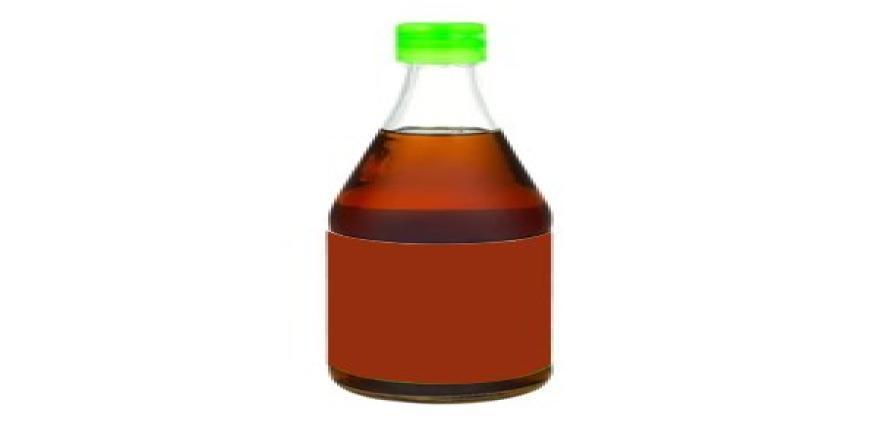
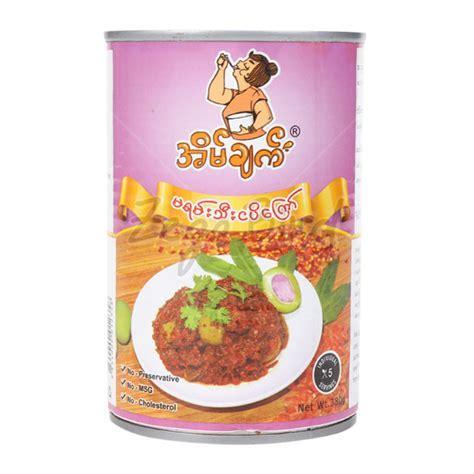
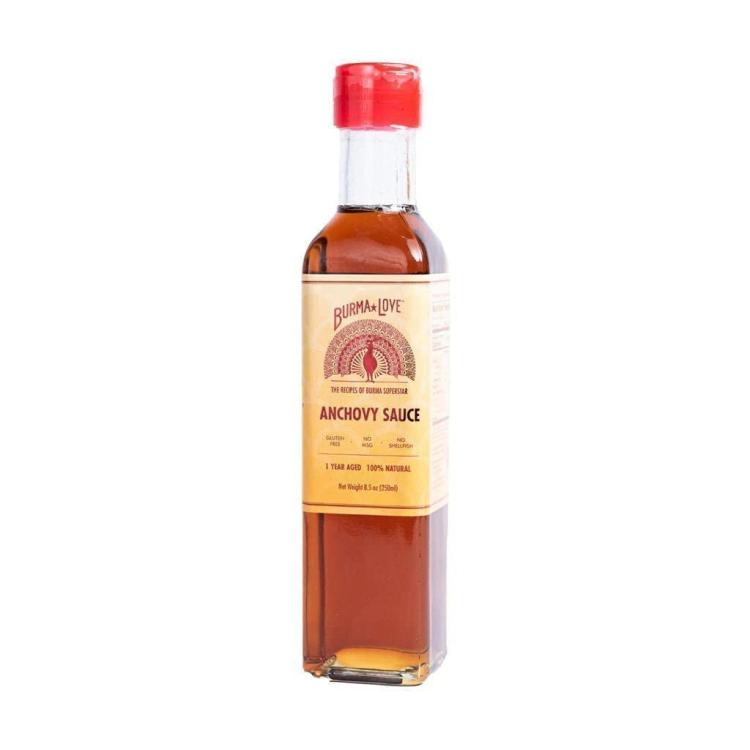
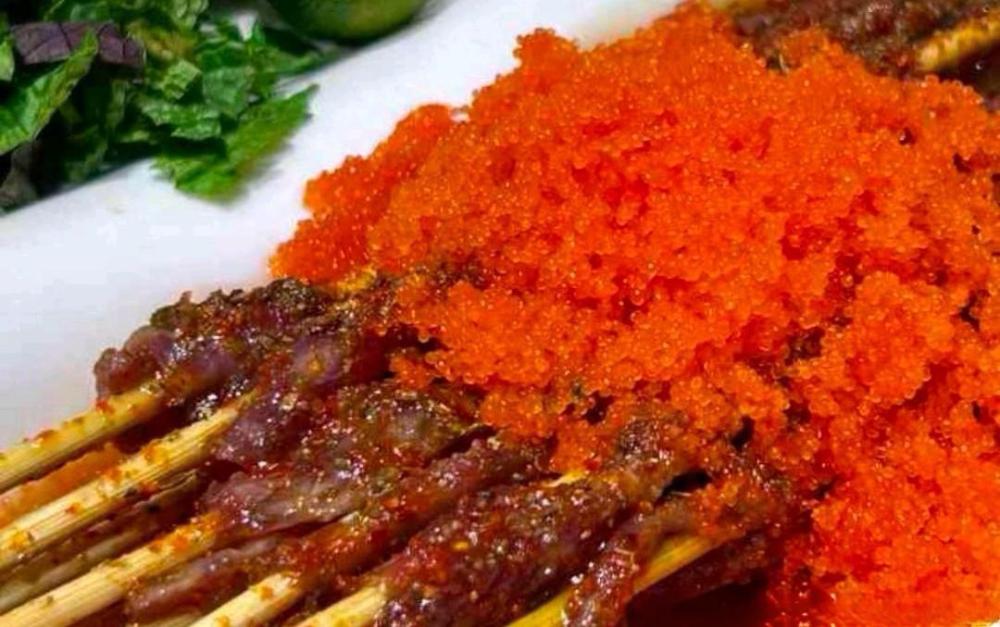
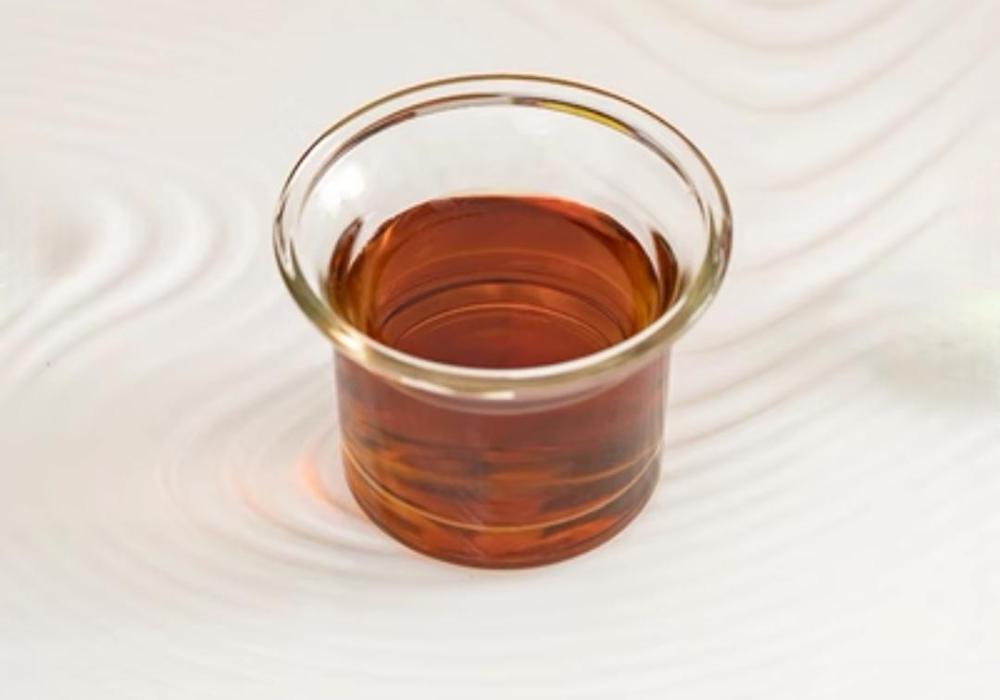
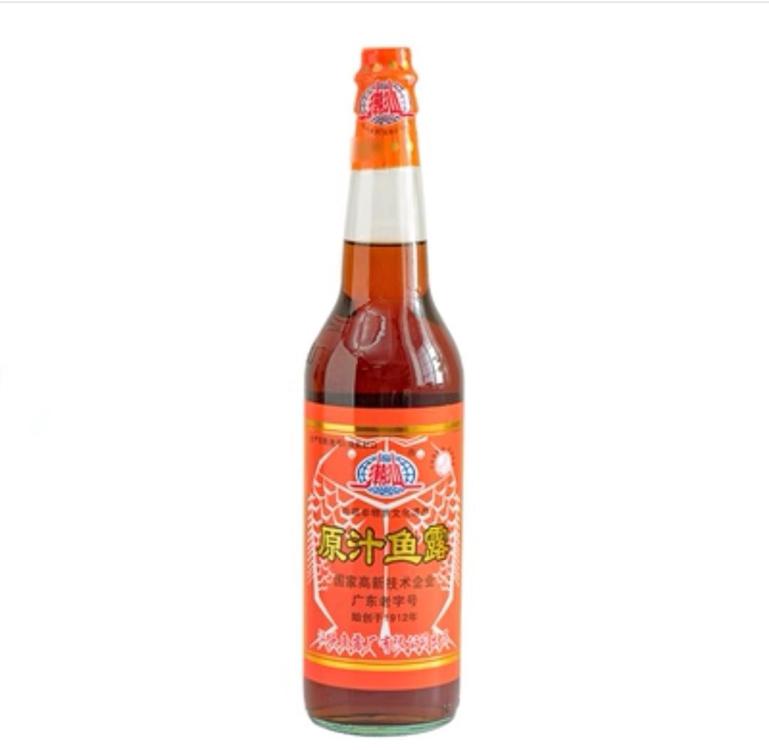
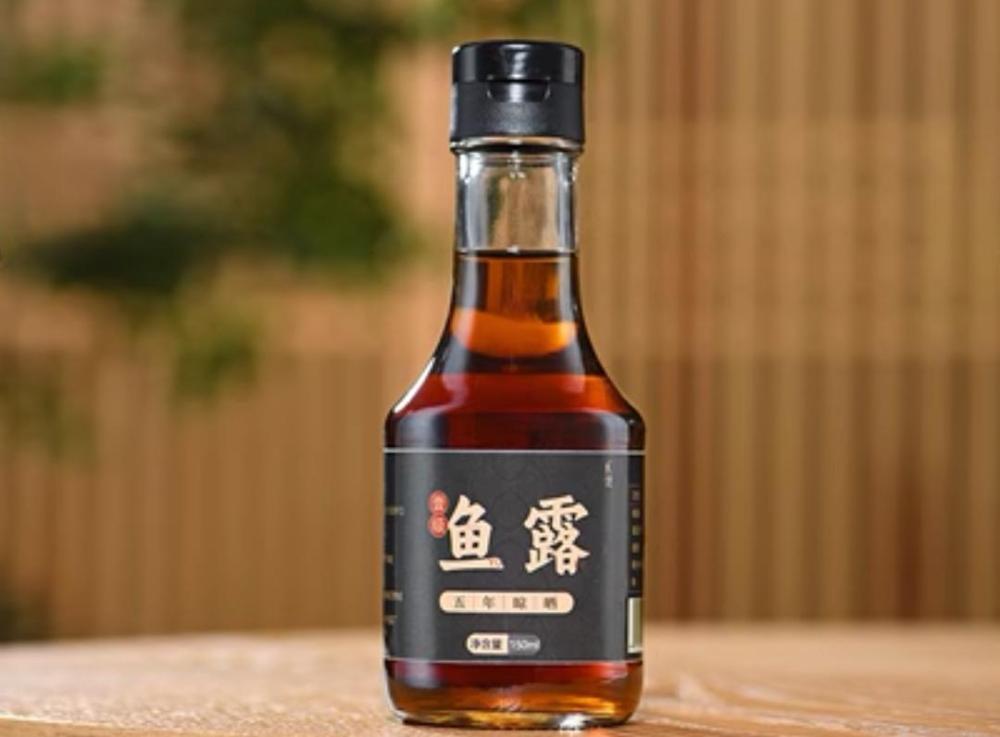
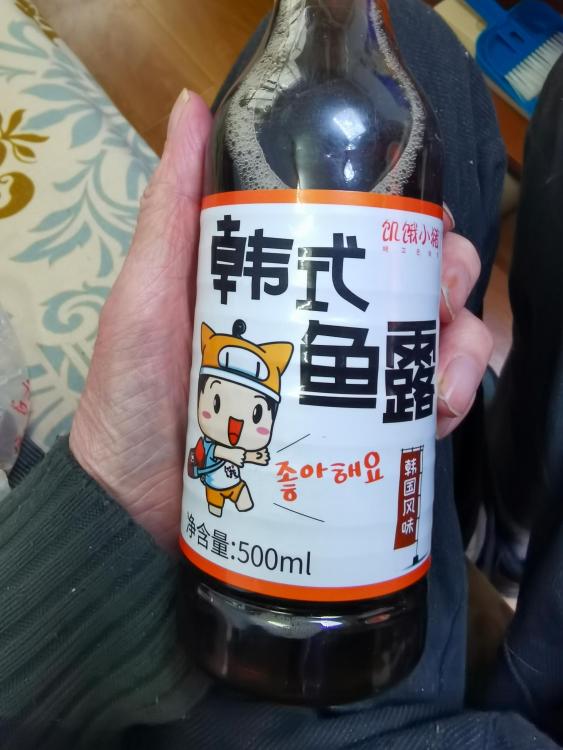
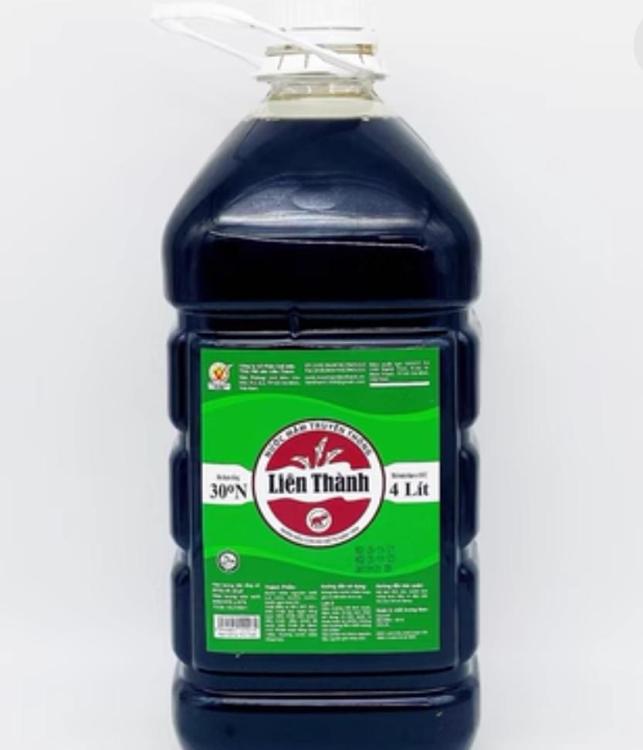

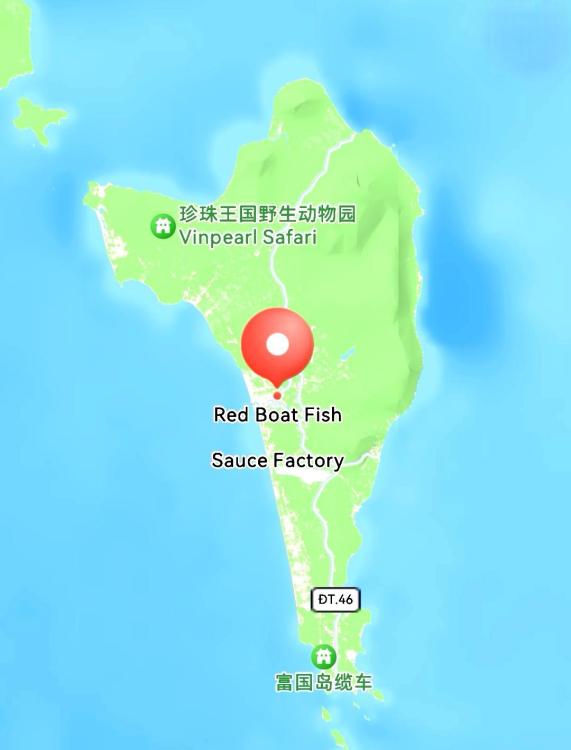
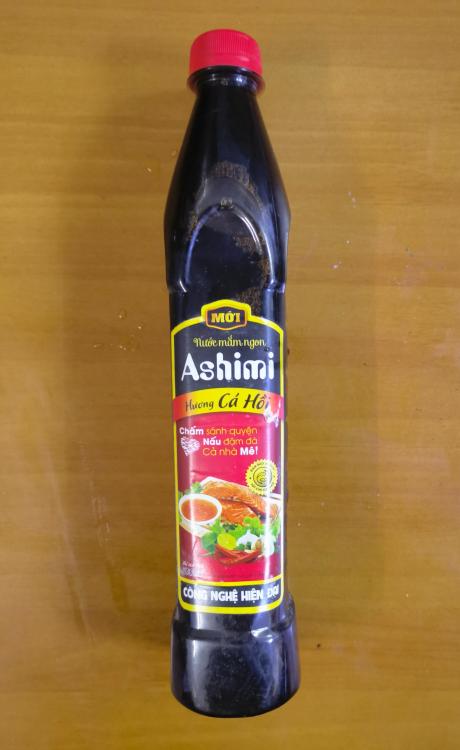

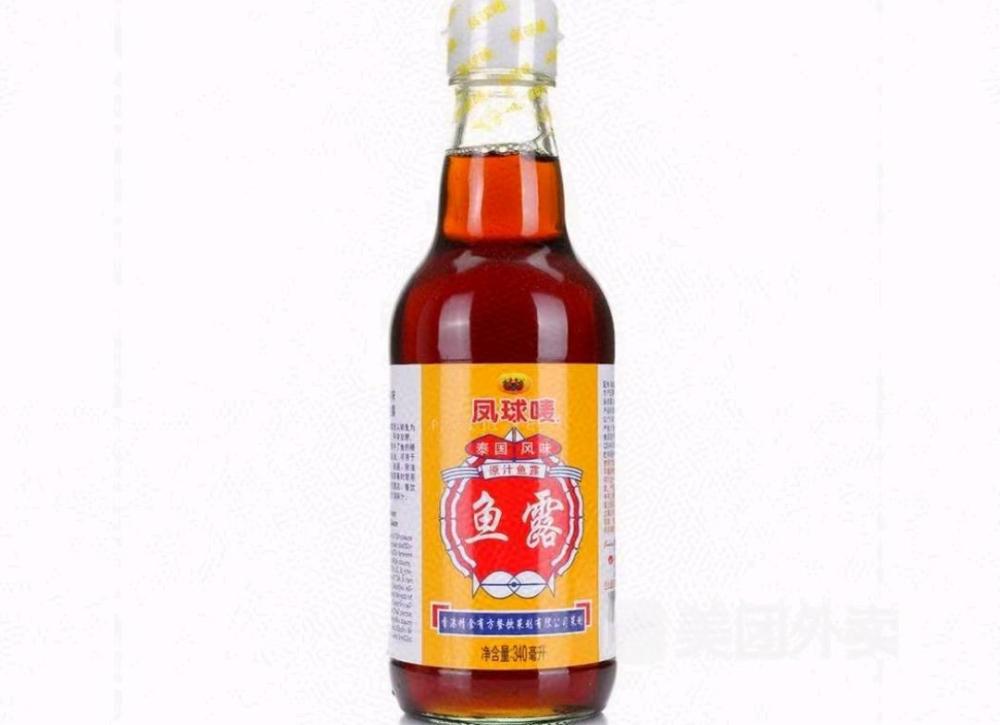
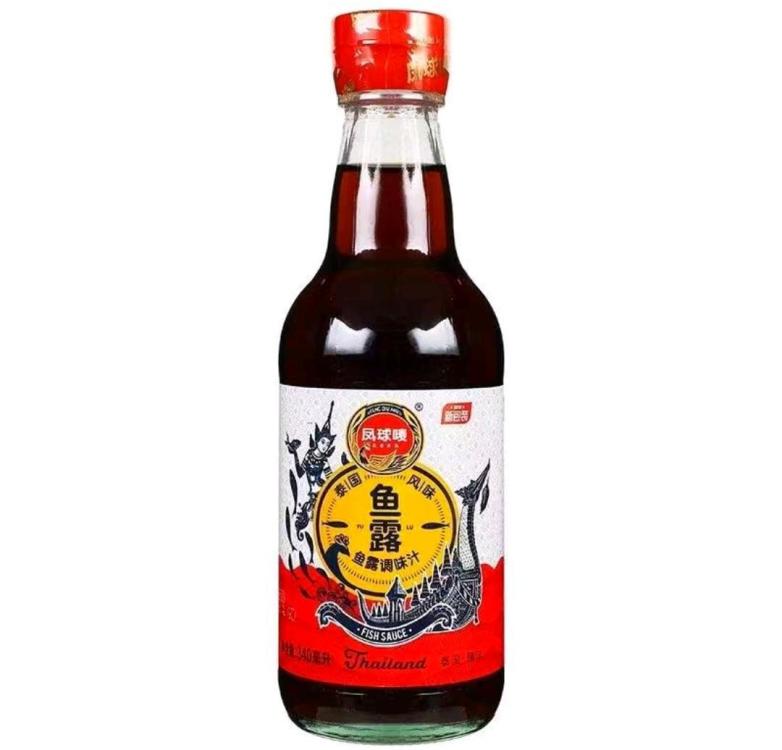
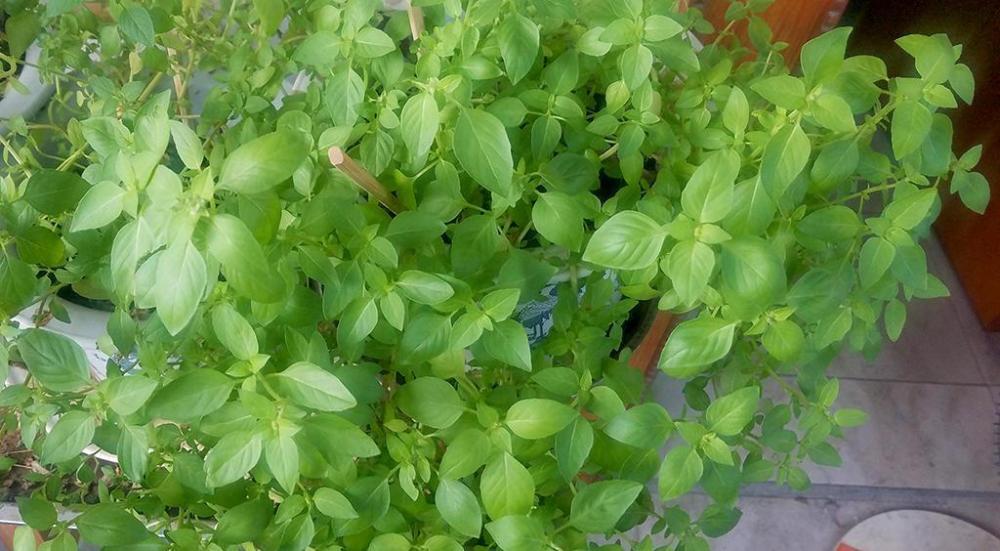
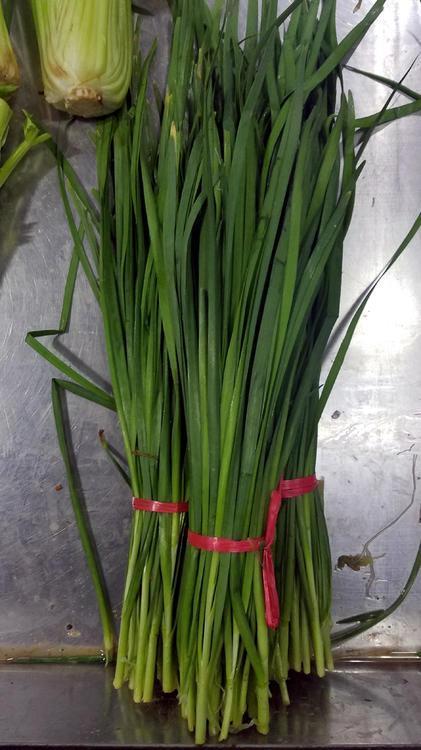
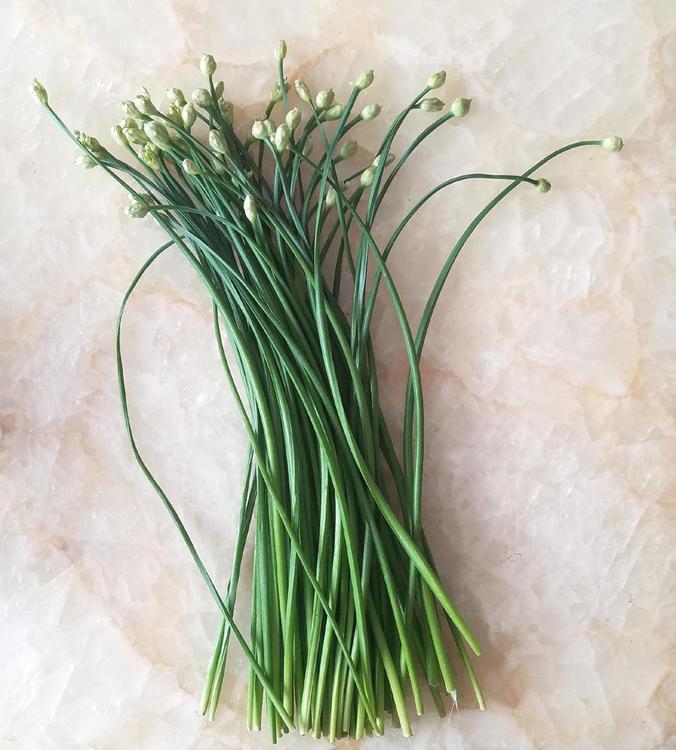
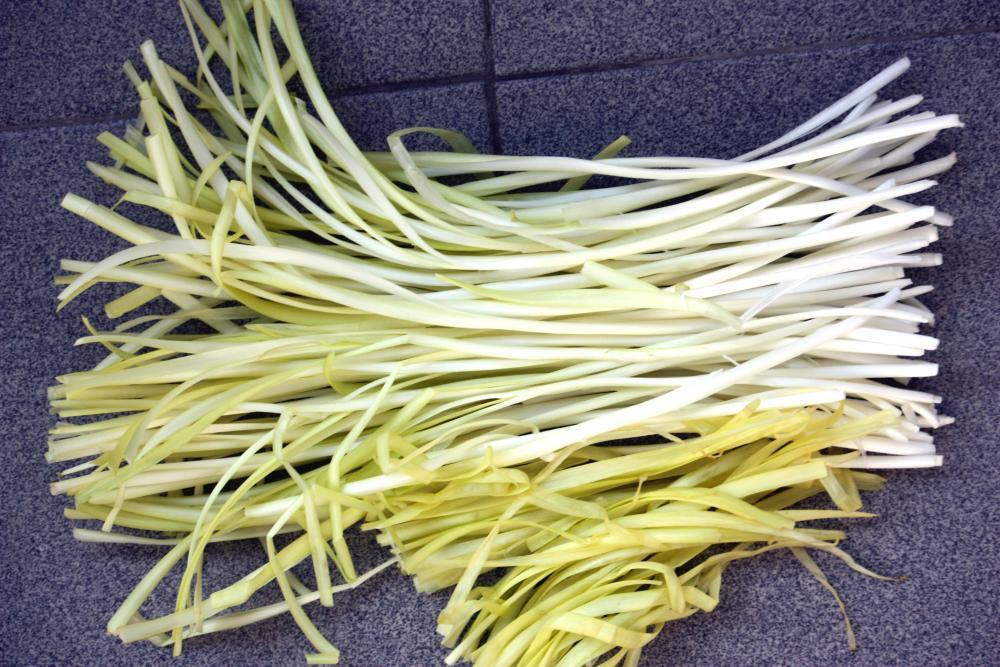

.jpg.b7f77fbf38c687fb8a866ac57ab58c32.jpg)
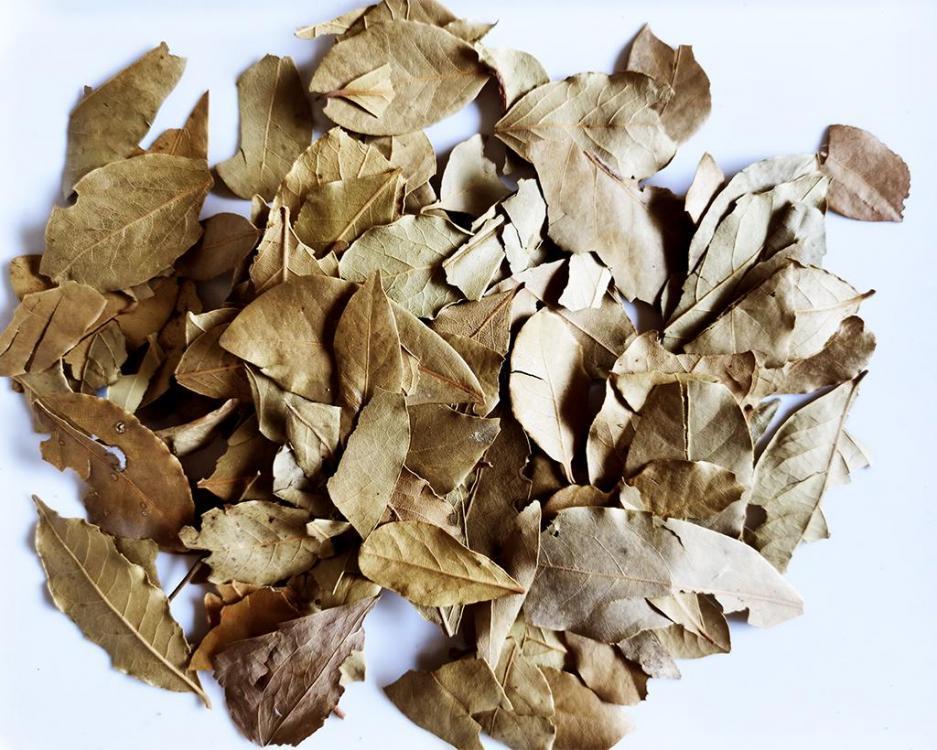
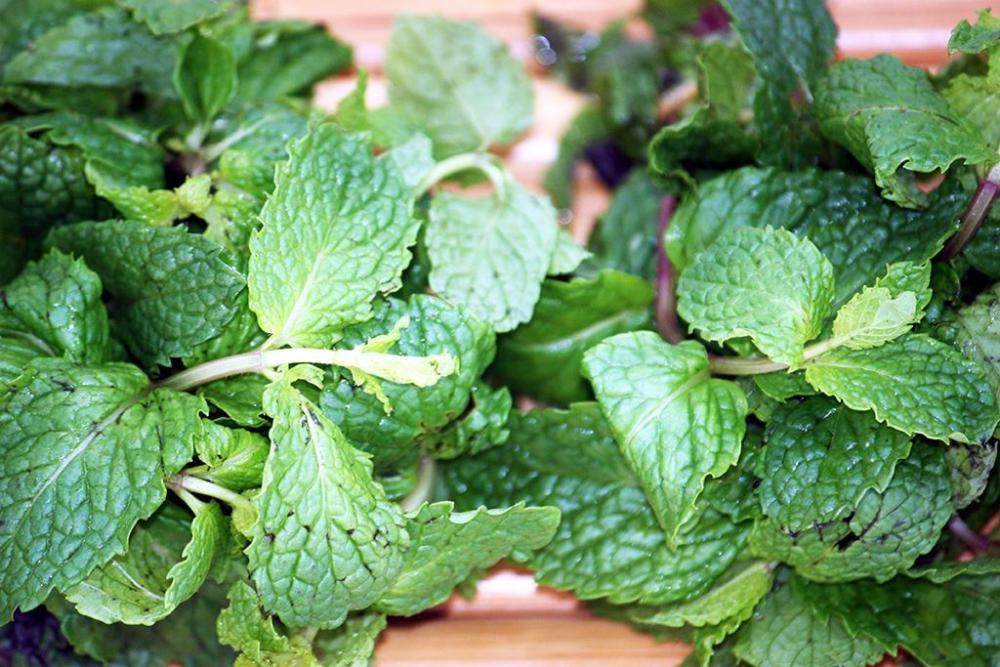
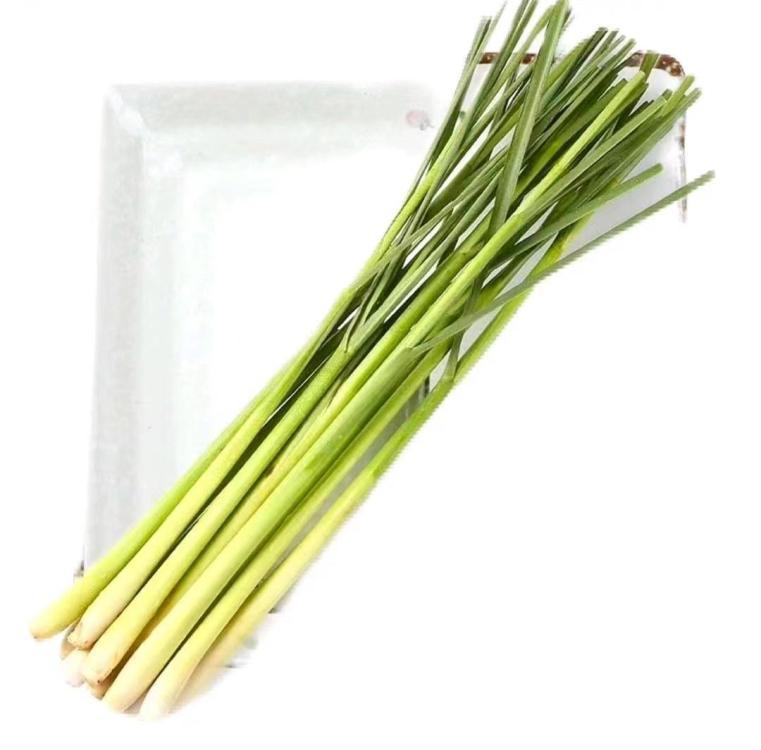
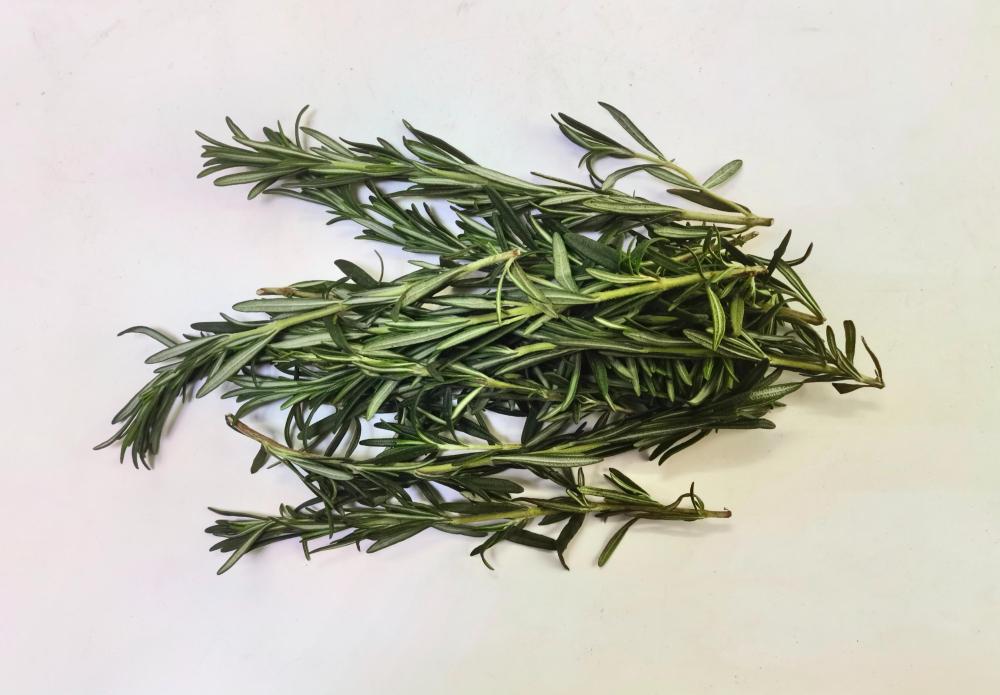
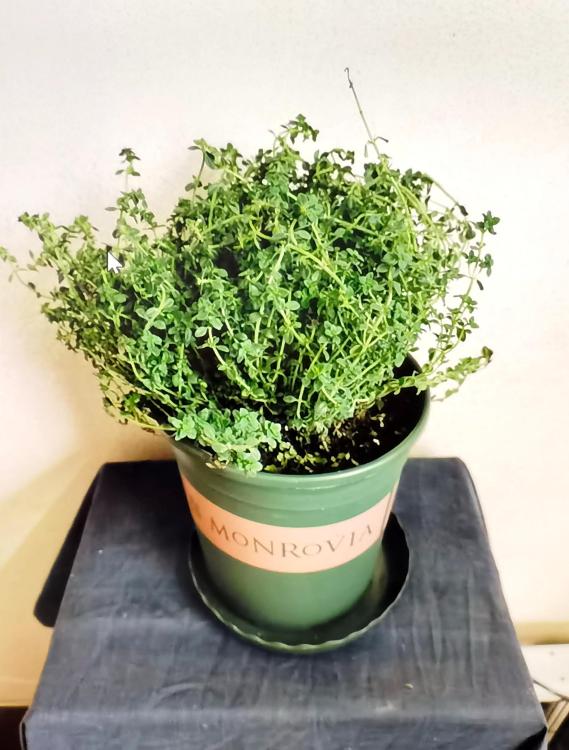
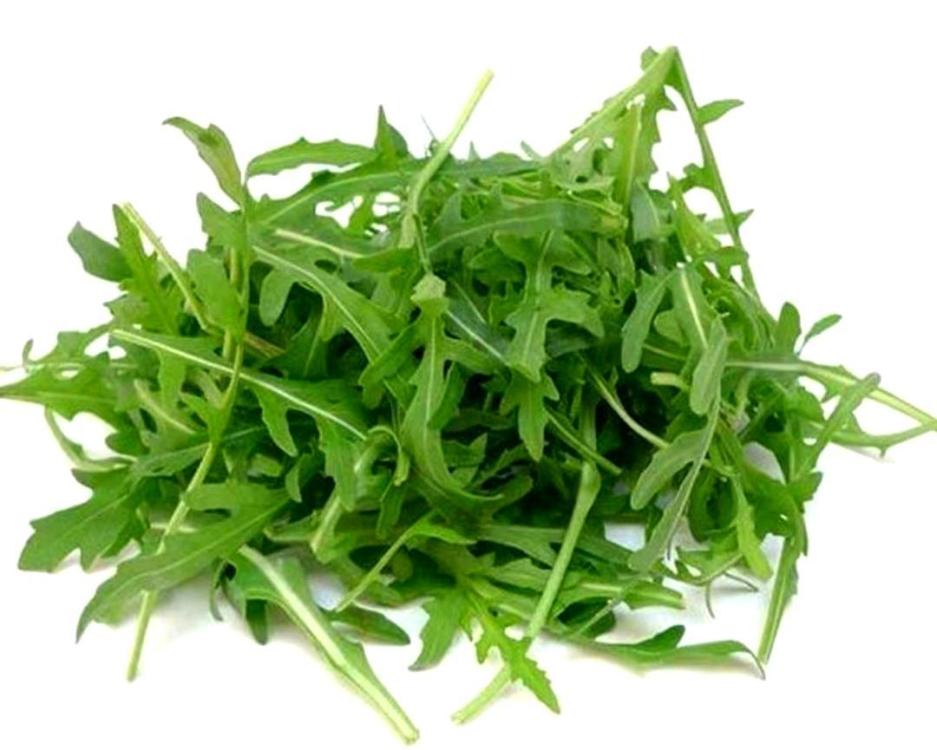
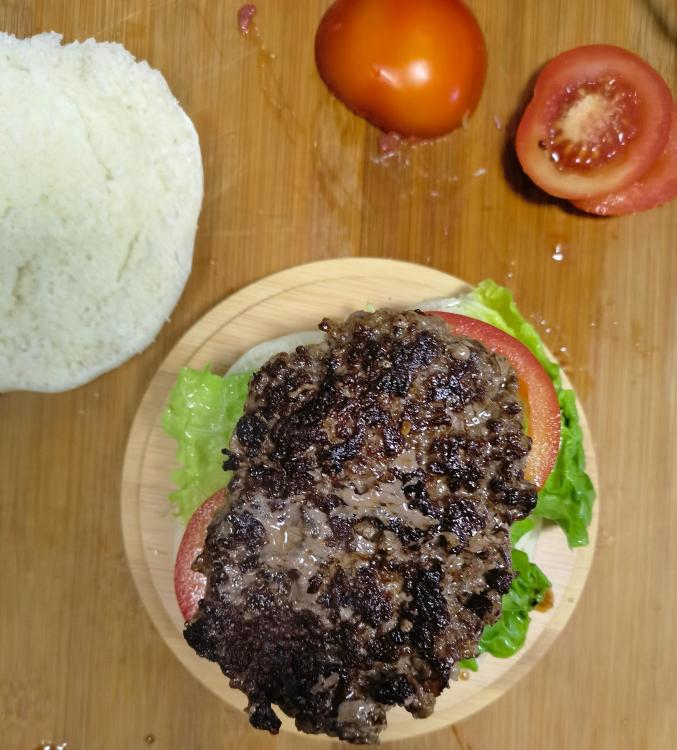
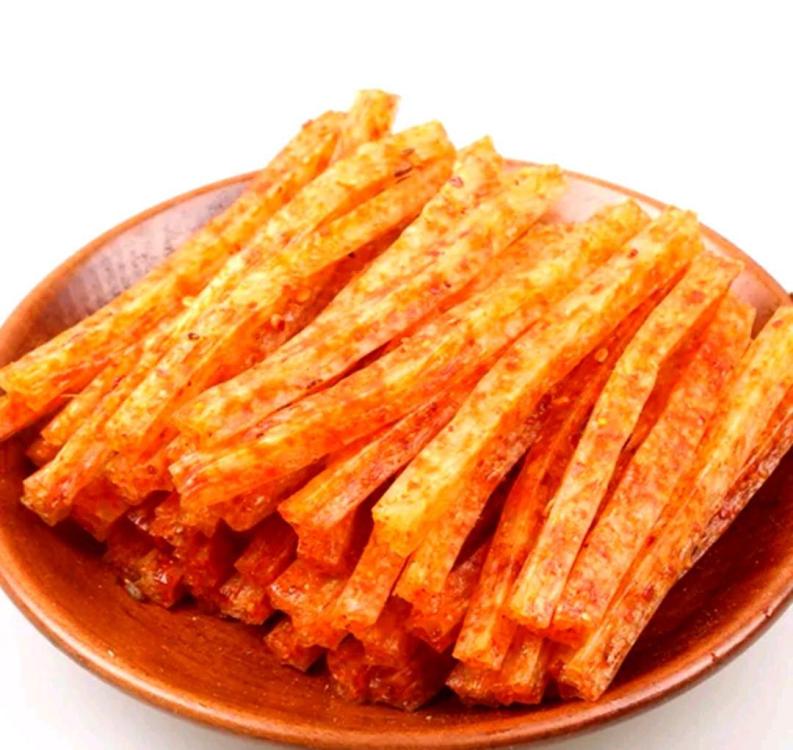
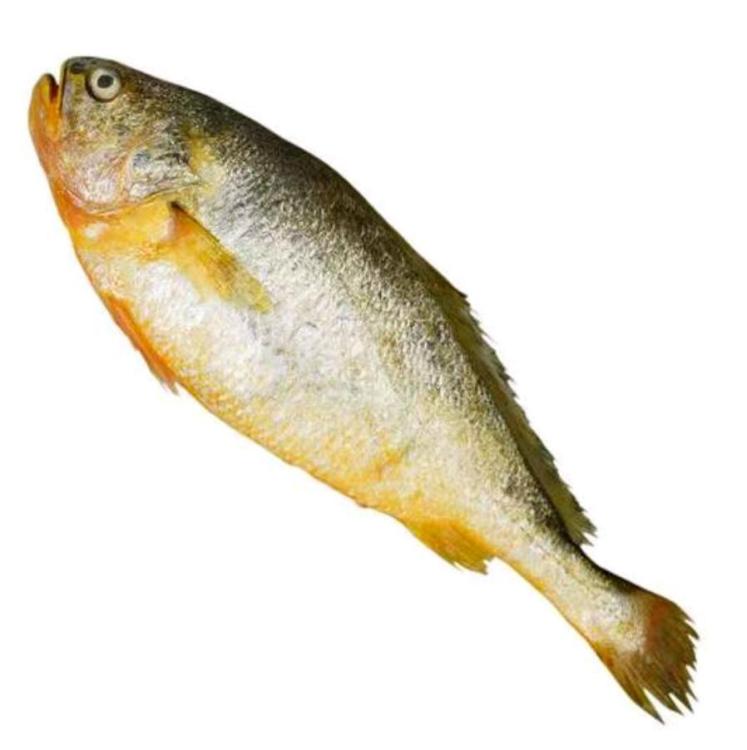
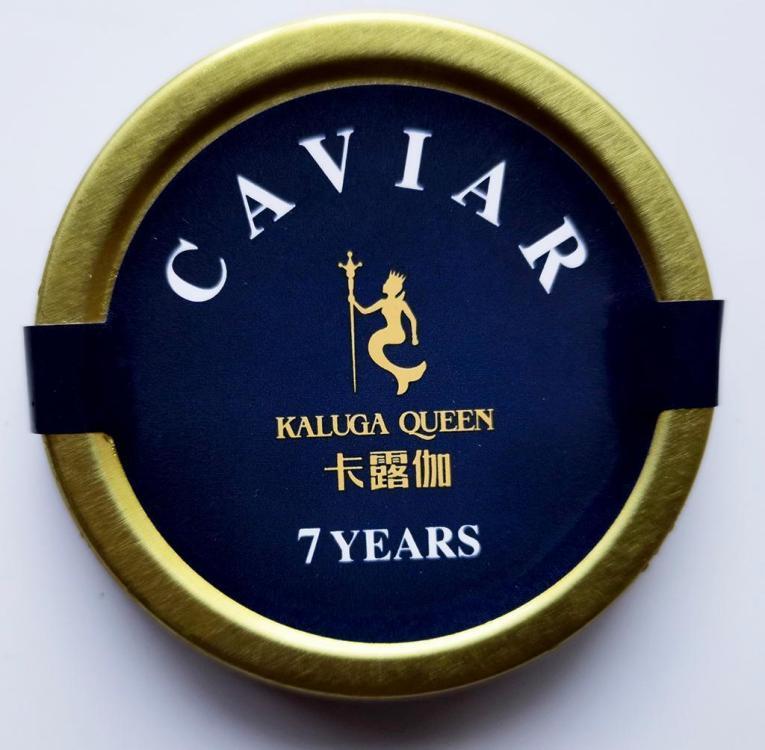
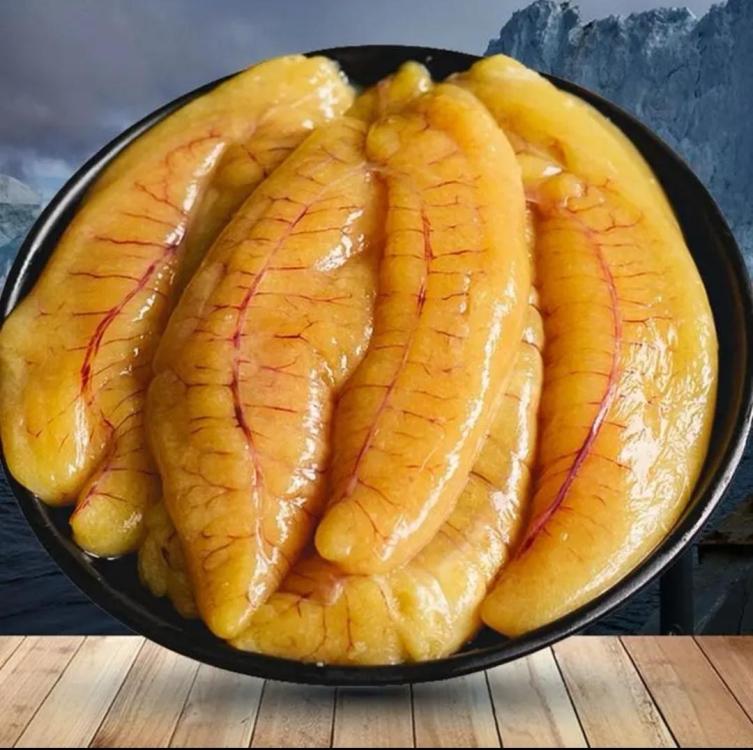
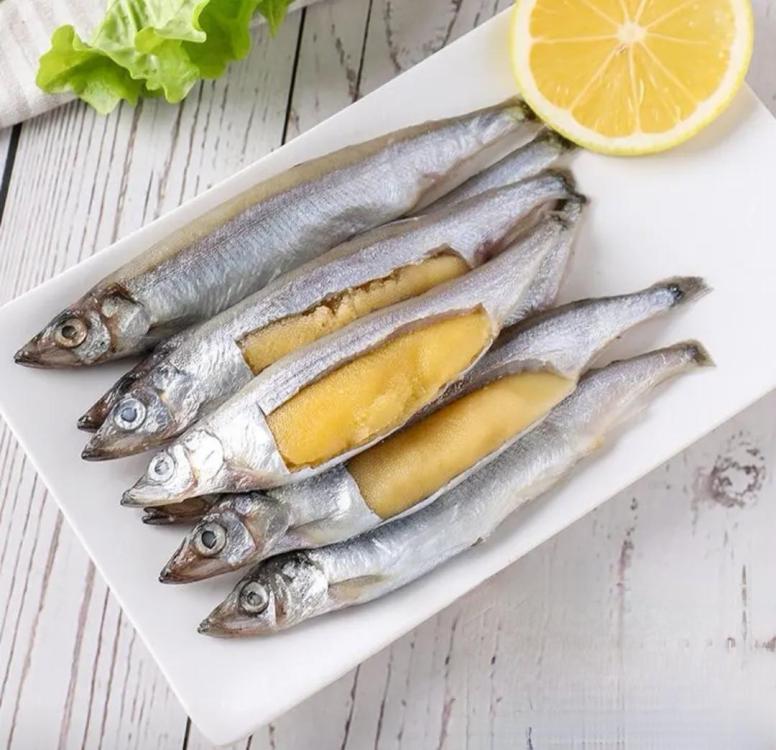

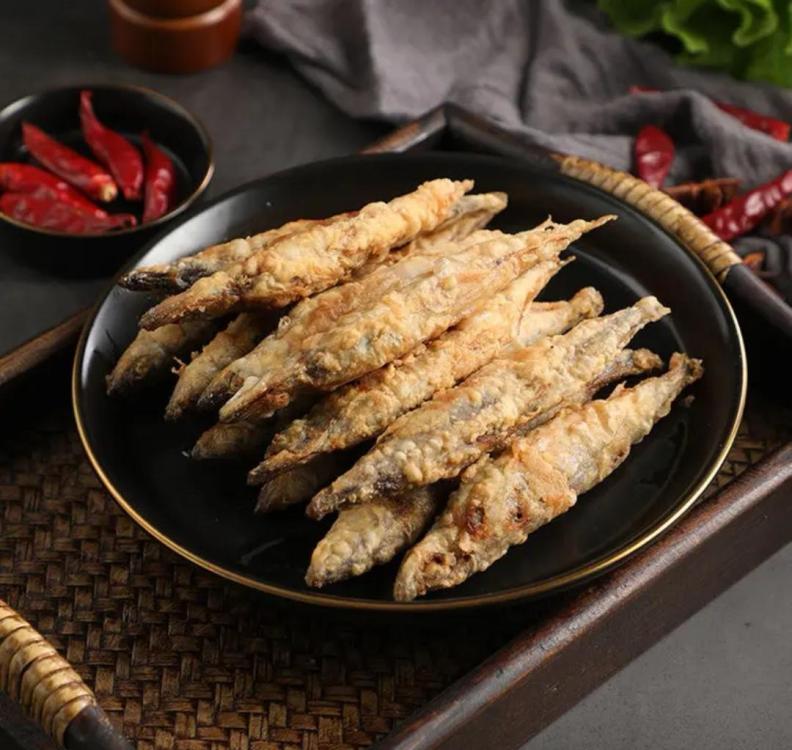
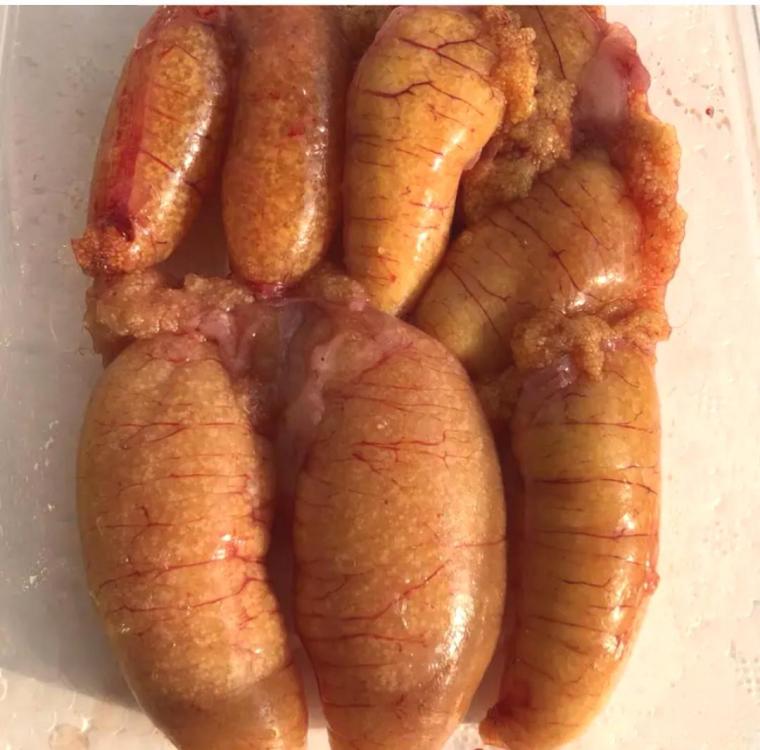

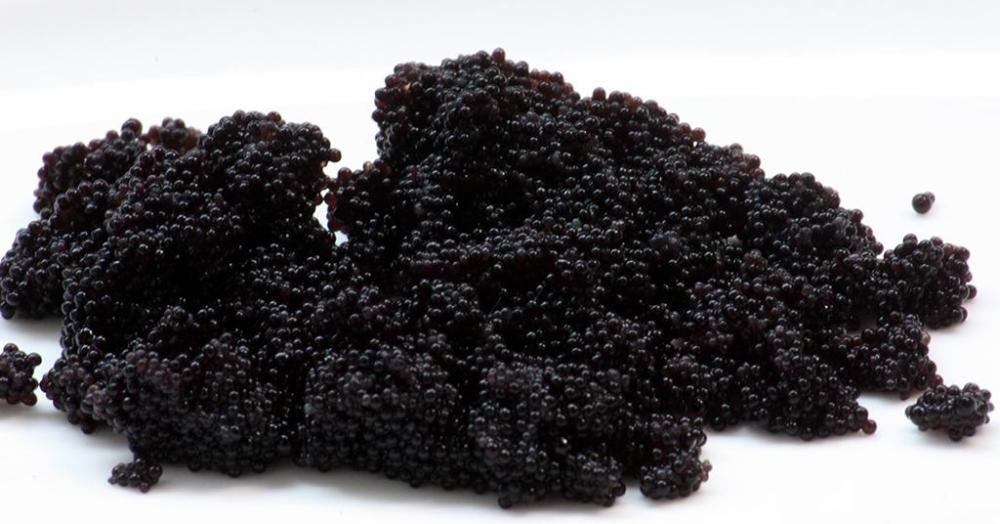
.thumb.jpg.331c1c54b883710e7daac79fd57d3c54.jpg.3e4957ba8c10a9d34cd951c10b62ead3.jpg)
